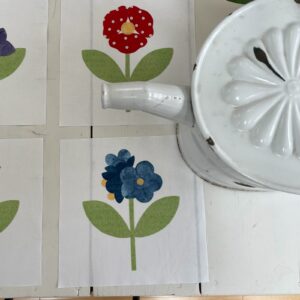by Great Joy Studio | Dec 14, 2021 | Quilting & Fabric
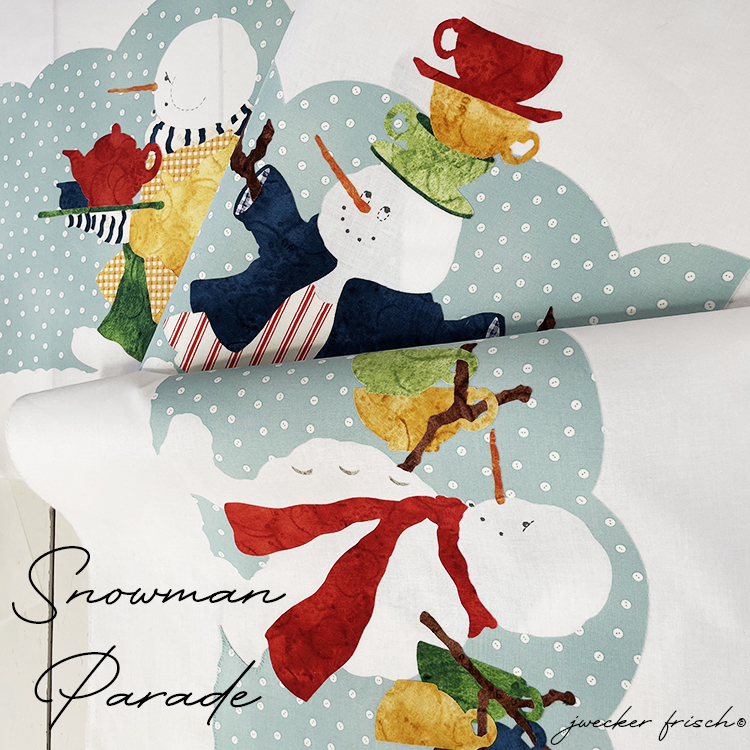
•
Hello everyone!
We have a new kit listing called Snowman Parade and are sharing a little bit of the process that we followed to make.
•
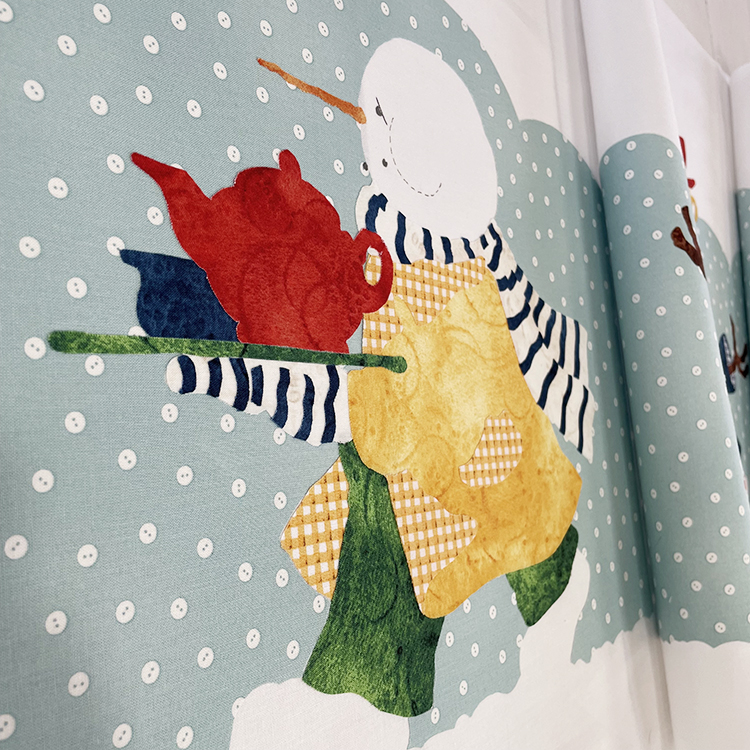
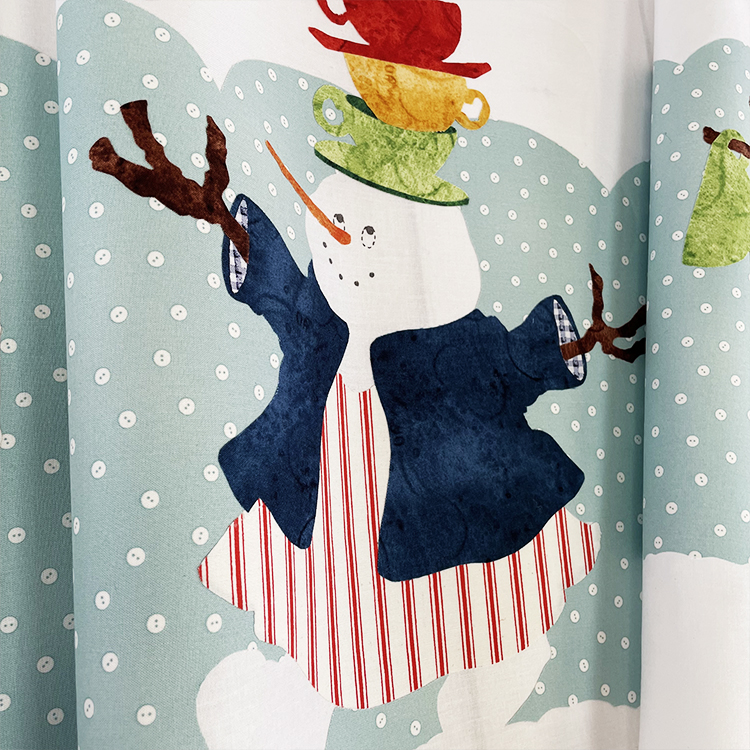
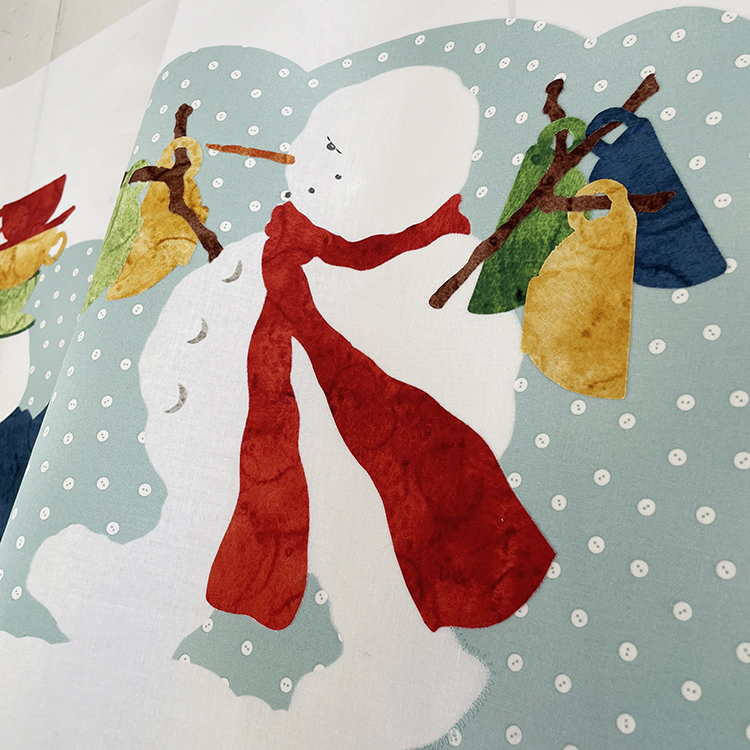
•
There are three of the snowmen characters from Janet’s Snow Sweet art/fabric collection translated to 16″ – 18″ raw edge appliqué blocks. These can be used for pillows, a table runner or any quilt projects and are simply fun to display throughout the winter months. In addition to the steps/photos posted here, you can view some tips we used, on our YouTube channel.
Our Snowman Parade kit can be purchased here in the shop and will contain Painters Watercolor Swirl, Snow Sweet, Blue Button Dots and basics from Riley Blake Designs. The kit also includes 12, 8.5″ x 11″ sheets to assemble for your templates and a basic appliqué instructions guide.
•
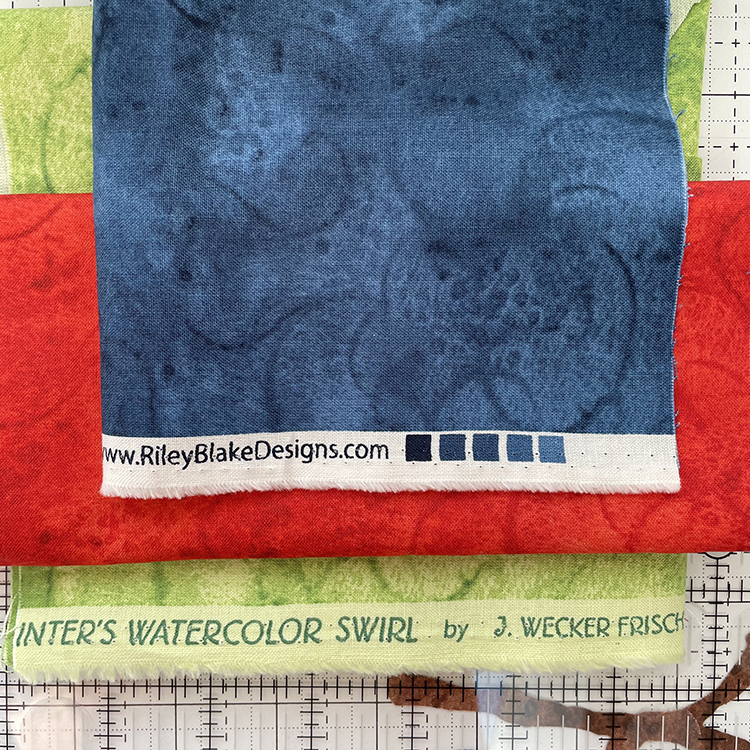

•
In addition to the kit you will need a fusible web product along with the typical sewing supplies. We like to use Pellon Fusible Featherweight 991FFW1 as our fusible web product from a 20″ wide bolt. We also recommend purchasing a large tablet of tracing paper to make a ‘placement door’.
1.) Trace the appliqué templates on the paper side of your chosen product. Our templates are already in mirror and ready to go. A light box is a great help with this step however, taped to a window works perfectly fine. Rough cut them out and fuse each to the wrong side of fabrics. You will have this blog post, YouTube video and our IG posts as a fabric color guide. Sorry, no full color photo comes with the kit. Next, cut all of your appliqué pieces out with a sharp pair of scissors. You may like to place them under something to keep the pieces from curling up.
•
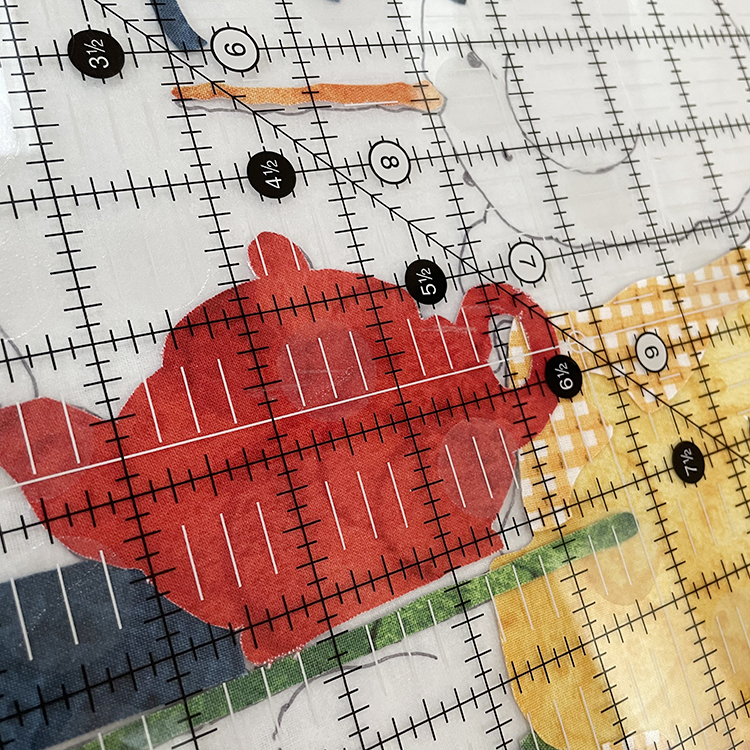
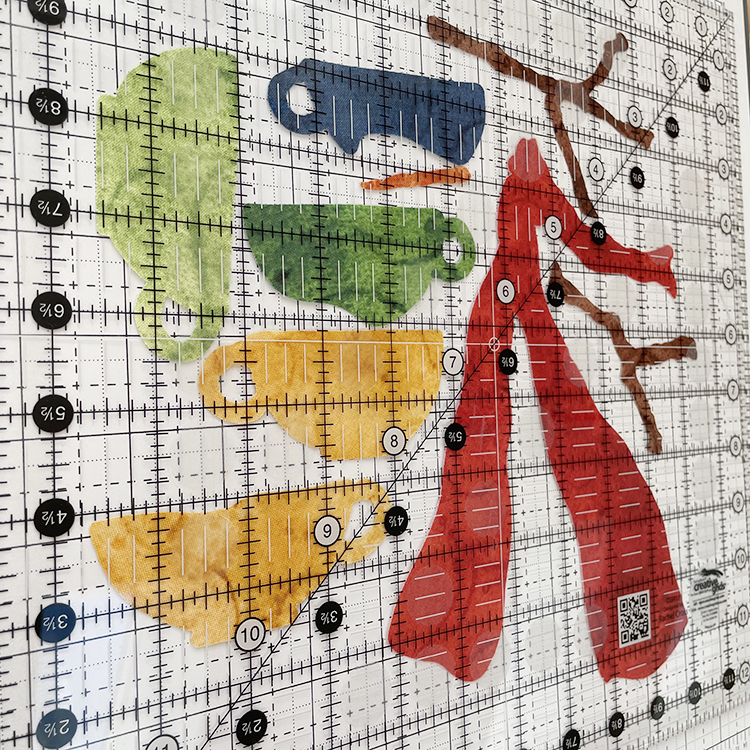
•
2) Assembling each block can be done with accuracy and best results using what we call, a tracing paper door. Appliqué pieces are sitting on top of one of ours in the photos below. However, you simply sandwich your pieces onto your pressing surface, background fabric, blue dots snowman silhouette with the tracing paper outline (traced using templates ahead of time) on top to achieve near perfect placement. This is best demonstrated here and here.
•
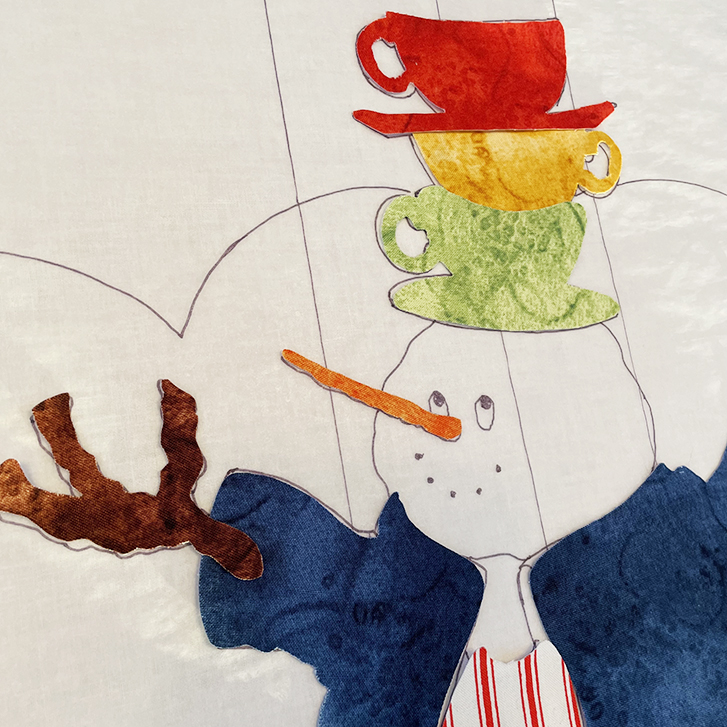
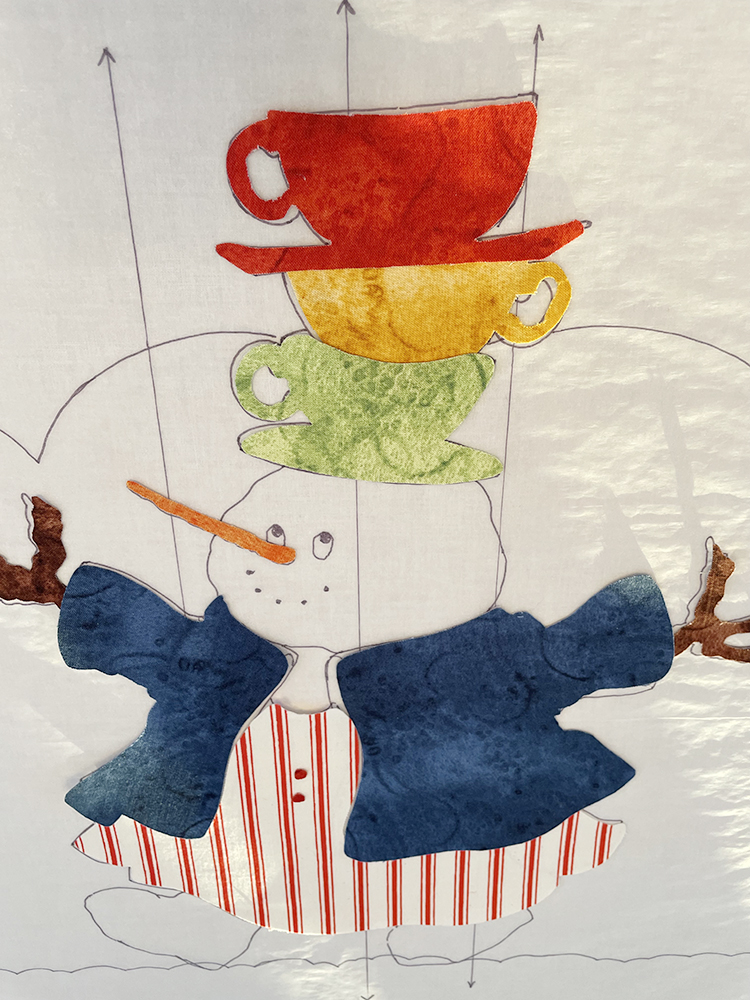
•
Next we will get these sewn down using decorative stitches on the machine and assemble into our project. We’re thinking a table runner!
Follow us on Instagram or Facebook for updates.
Thanks for visiting, as always and Merry Christmas!!!
IG – @jweckerfrisch
FB – Great Joy Studio
by Great Joy Studio | Aug 27, 2020 | Quilting & Fabric
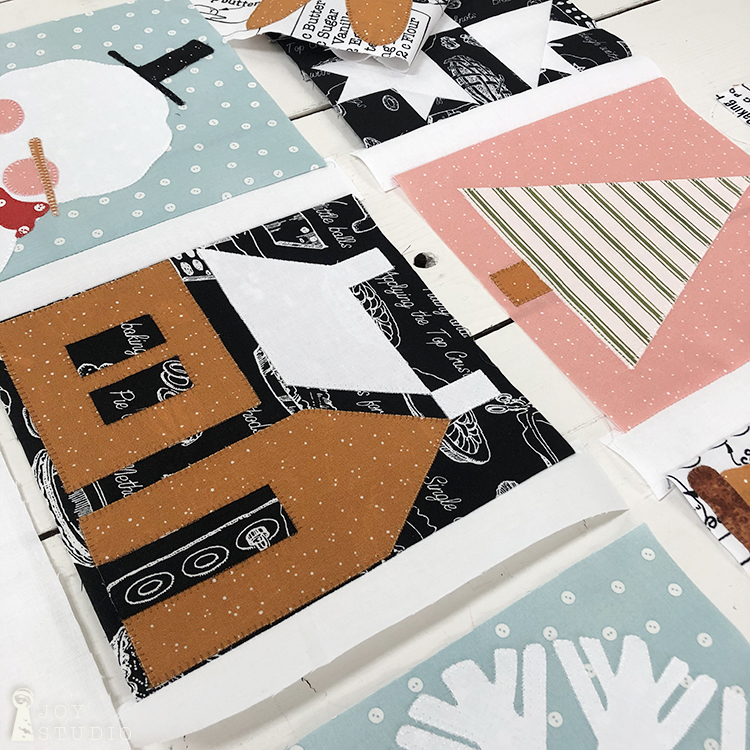
•
Week 5, The Finish, Part 1.
Since there is a lot of info to cover this last week will be in two parts.
Assuming that everyone has all of their blocks completed and trimmed or will have, it is time to assemble!
•
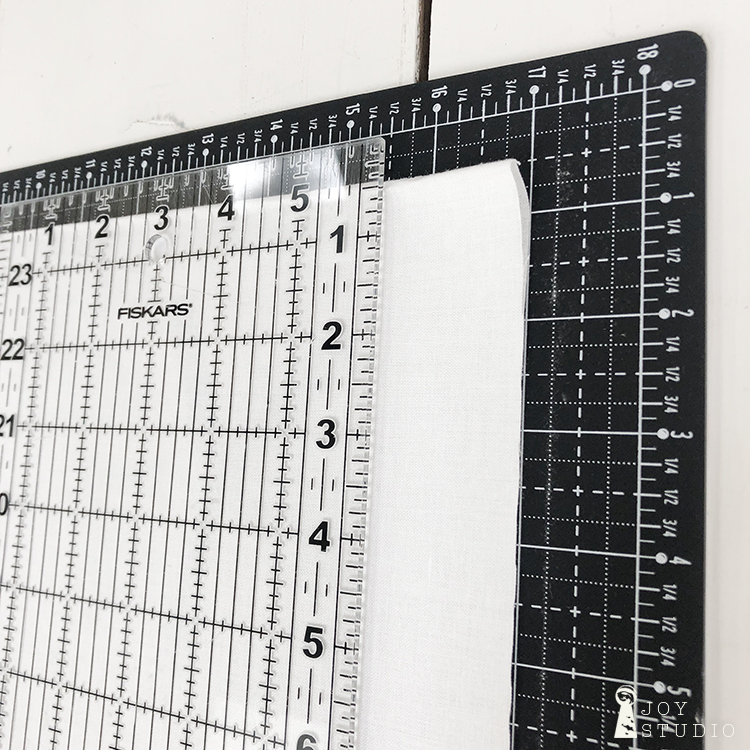
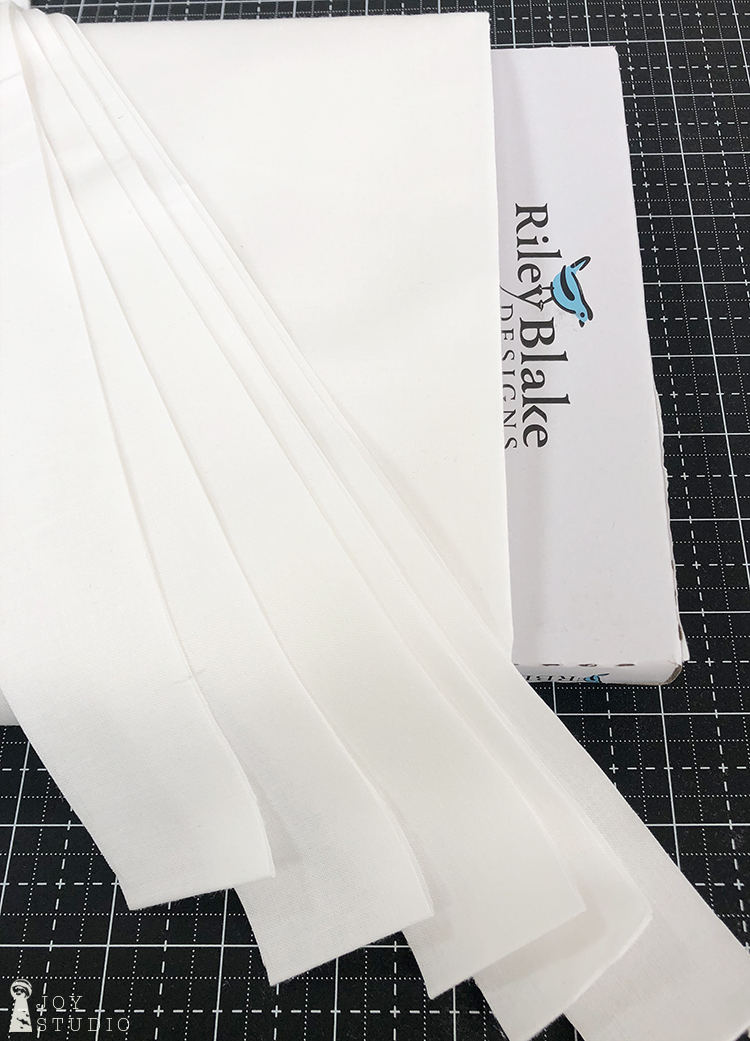
To start assembling the quilt portion, I cut five one and a half inch strips of Riley White fabric for the short sashing pieces. Check your pattern for accurate amounts if you want to cut all at once. I inched my way into this process, no pun intended.
From my five I cut eight and a half inch lengths, enough to attach my first couple of horizontal rows of blocks together. Refer to your pattern cover for block placement.
•
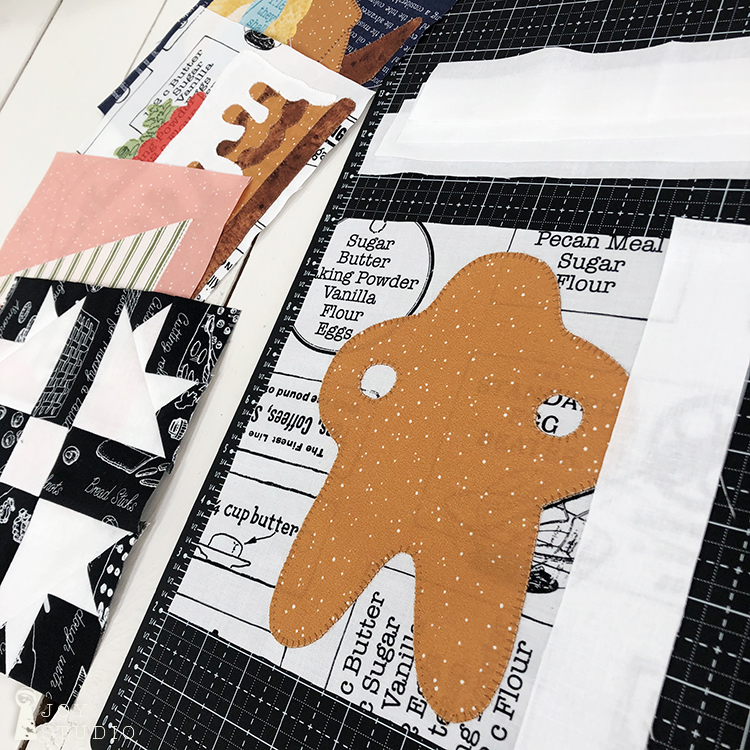
Beginning with block one (top left) lay one of your Riley White strips (1.5″ x 8.5″) on the right side of Block 1, right fabric sides together. Split the difference of the extra half inch between top and bottom of your block to be trimmed later.
•
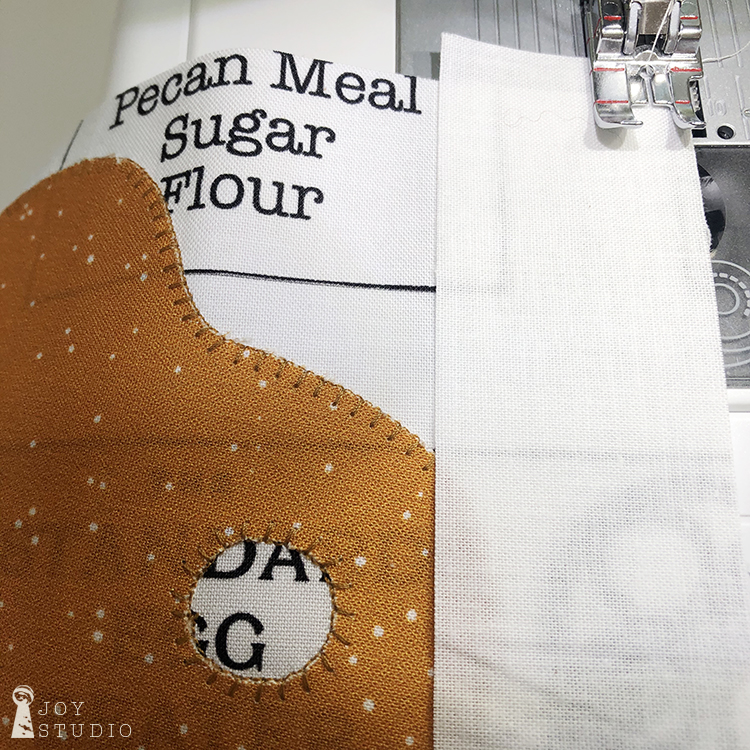
Sew together using a quarter inch seam.
•
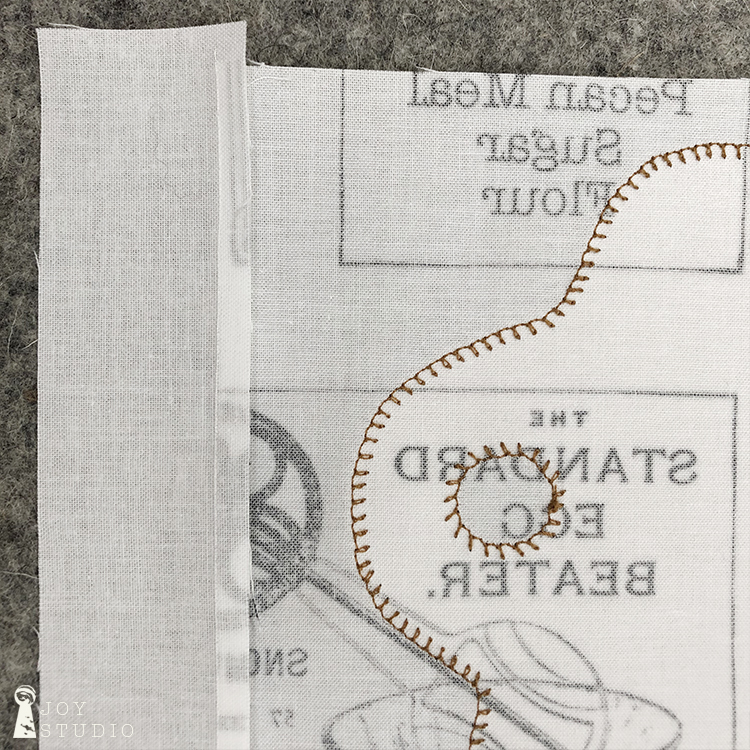
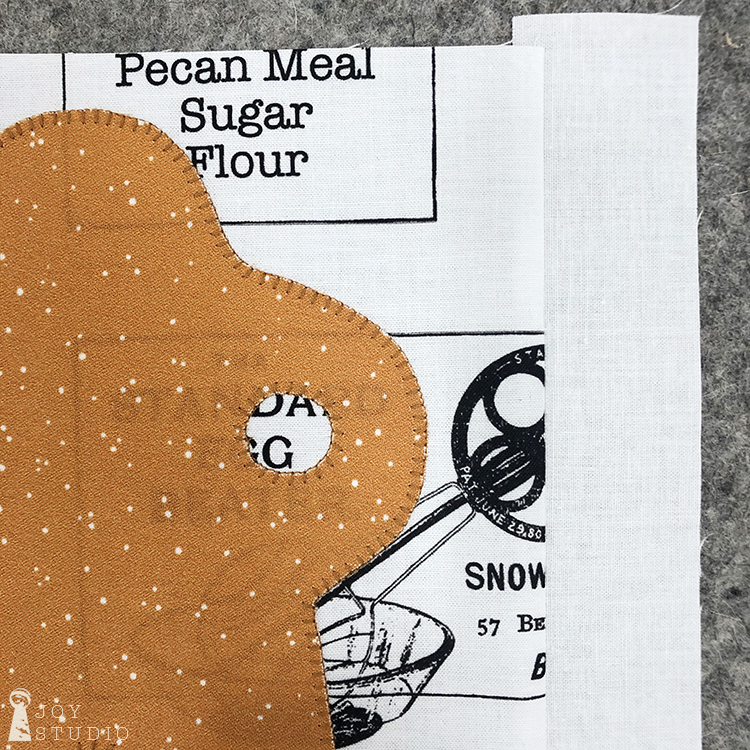
Press the seam toward your block.
•

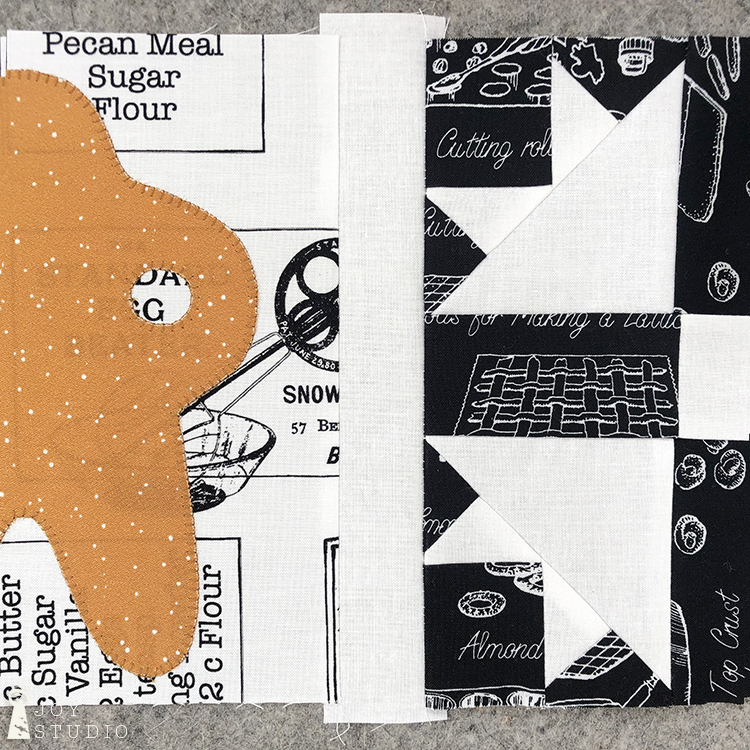
Repeat the steps to connect block one and two together with this same sashing strip. This time lay block two on top of sashing strip lining up at right (see photo), again right fabric sides together, being careful to also line up both blocks top to bottom. You may want to pin in place before sewing.
•
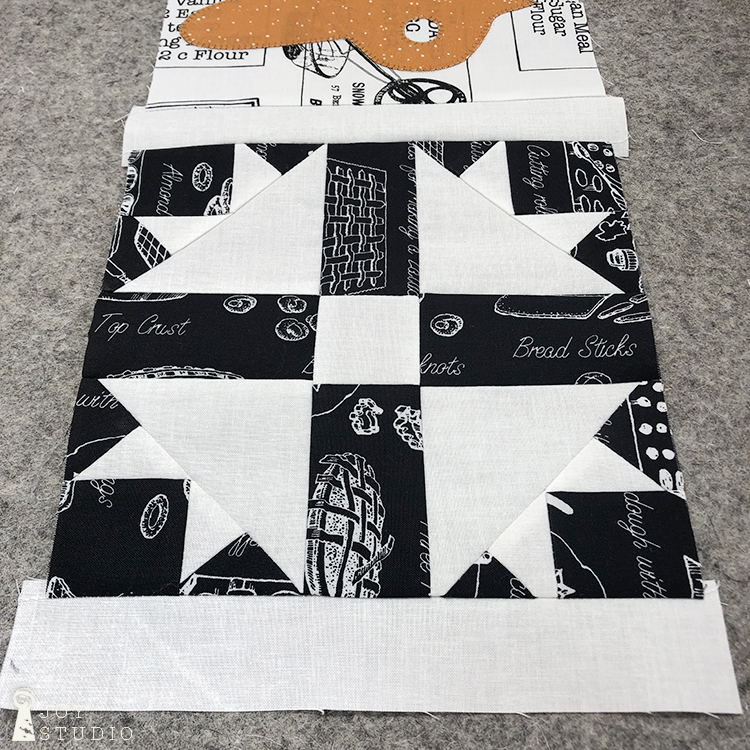
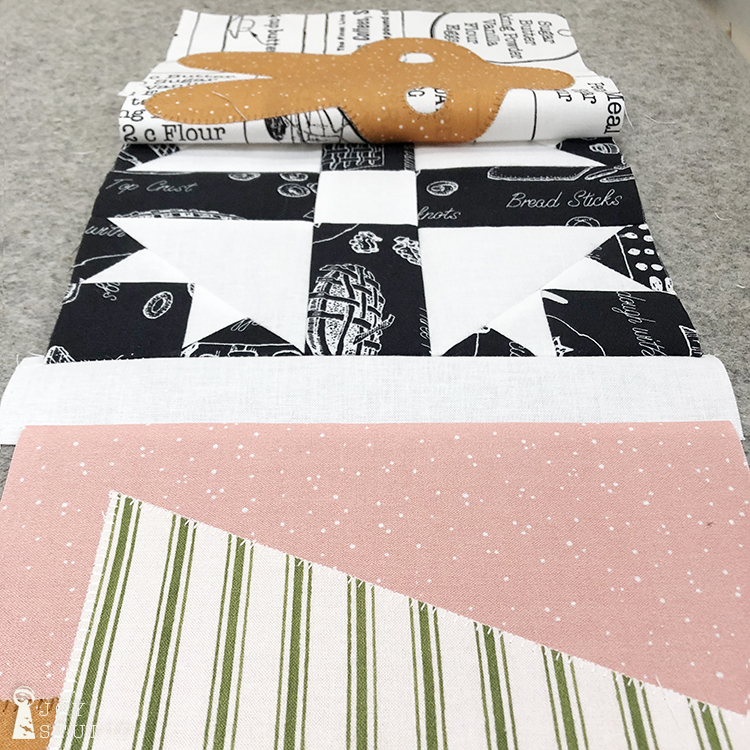

Continue working this way until you have all of the top row of blocks connected. Then move on to row two!
•

And so on, until you have all of the blocks that connect using the short sashing pieces as shown on the pattern cover art. Seeing it all come together is the most fun for me, agreed?
I will post Part B on Saturday so stay tuned.
•
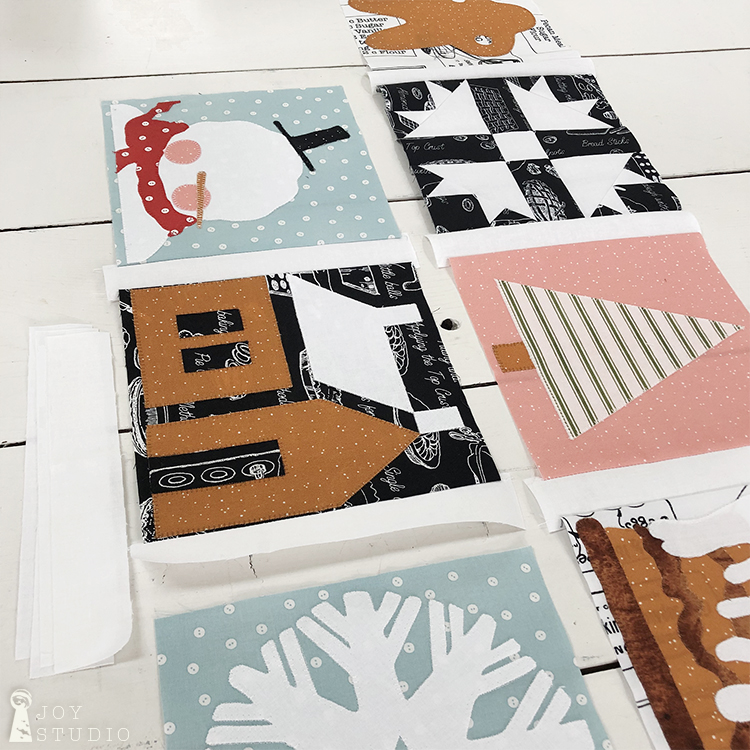
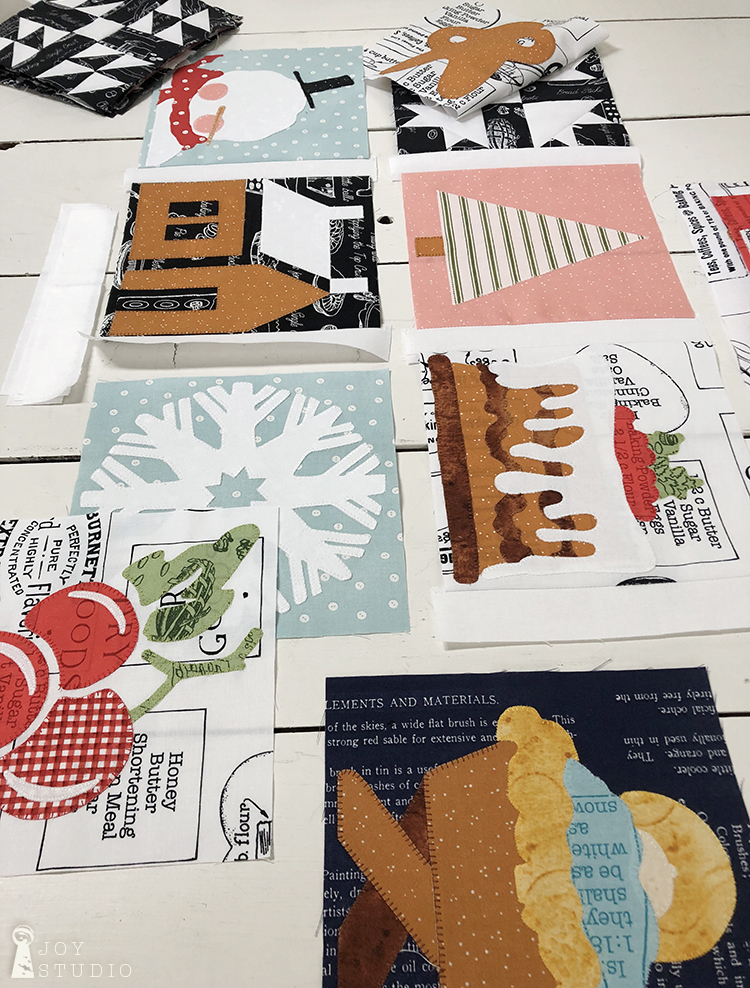
Embellish Options.
This festive project is loaded with possibilities to stitch on some fun extras! We plan to add buttons for our snowmen eyes and gingerbread man but remember to do this after your quilt top has been quilted.
•
Snow Sweet fabrics are from our partner at Riley Blake Designs are available in shops now.
To see more:
Pinterest, Instagram & Facebook,
and please post your progress with #snowalong and/or #snowsweetfabric.
We would enjoy seeing!
•
by Great Joy Studio | Aug 24, 2020 | Quilting & Fabric
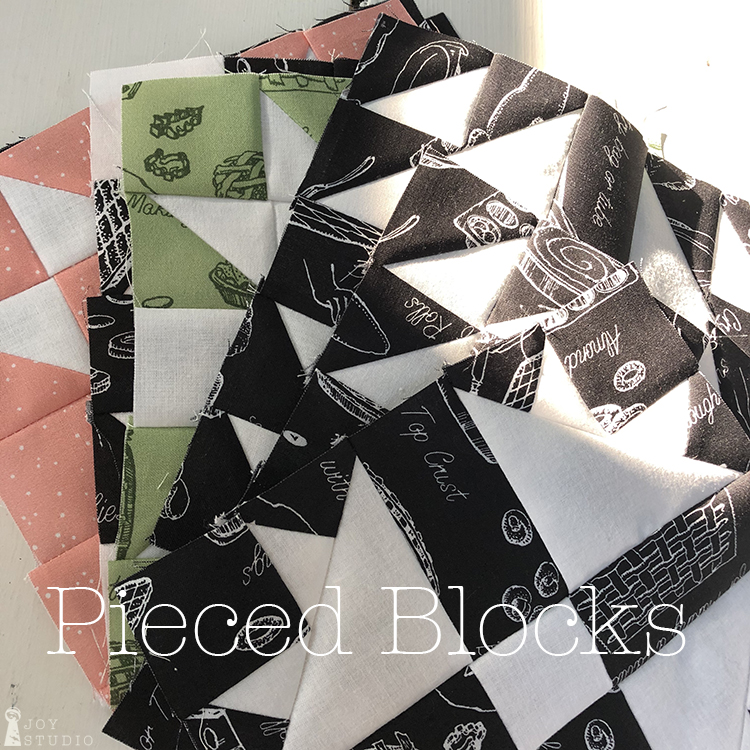
Continued
•
Hello!
Pieced blocks, continued.
How is everyone doing so far?
I am happy to report that our piecing portion of our quilt is complete! Whew!!
•
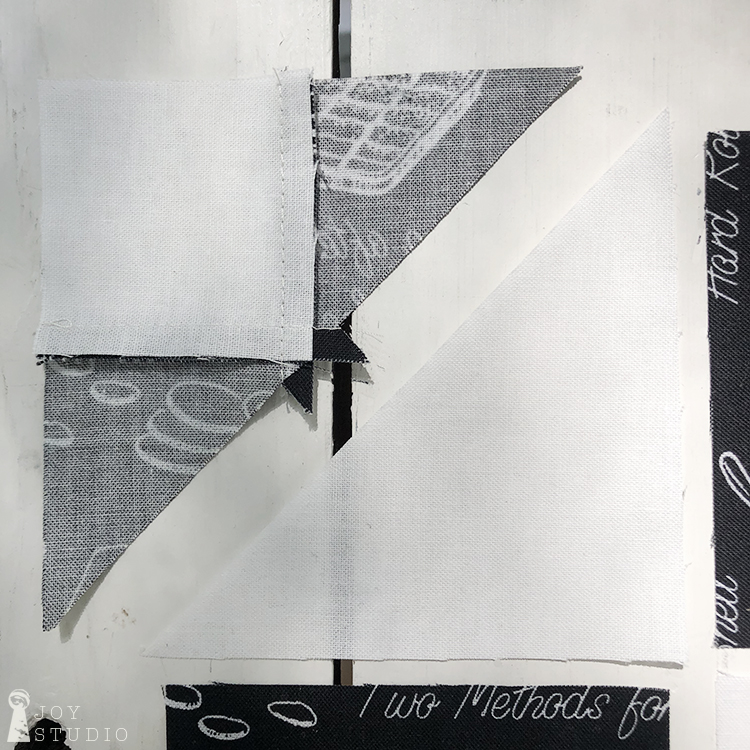

A couple of items I should have mentioned earlier, pressing your seams. Always press as you go is highly recommended for a neat job and press the seams toward the darker fabric whenever possible.
•
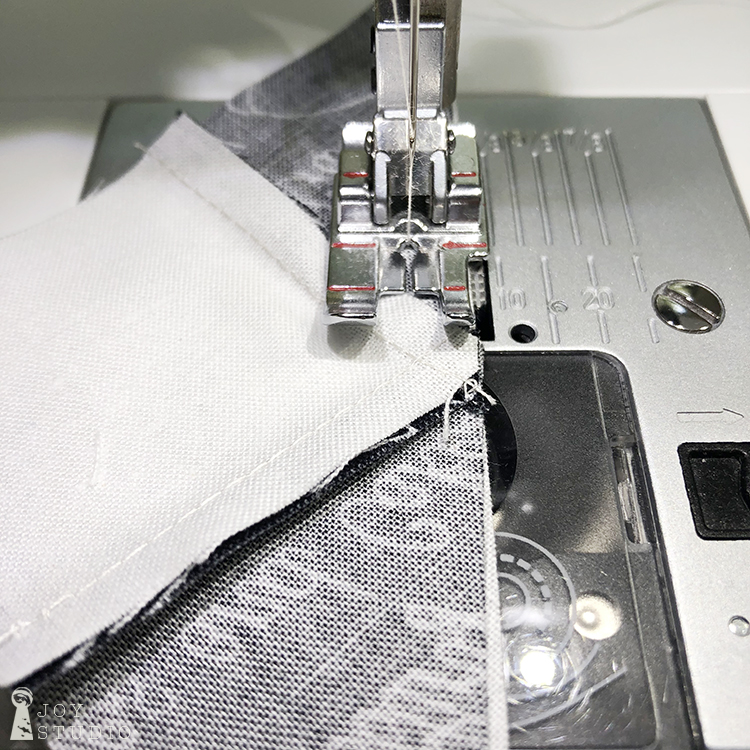
And something I learned along the way to get my points closer to each other. Sew on the side that allows you to see your seam and stitch right across that. Who knew, not me. 😉
Below are the last four blocks that I saved until last. They appeared a bit more unfamiliar to me because of the corners which are all similar, and on an angle. However, following the sequence on the Pieced Blocks Guide in the pattern, I could quickly see that there was little to no difference in difficulty and all went smoothly as the others.
I think these are my best blocks to date! Perhaps I’m getting better the more I make.
In each block I did the corner work first. Once that was done, I attached pieces in the same sequence as all of the other blocks from Thursday’s post, horizontal rows. Last I attached the three horizontal rows from top to bottom, to complete.
Our gallery.
•

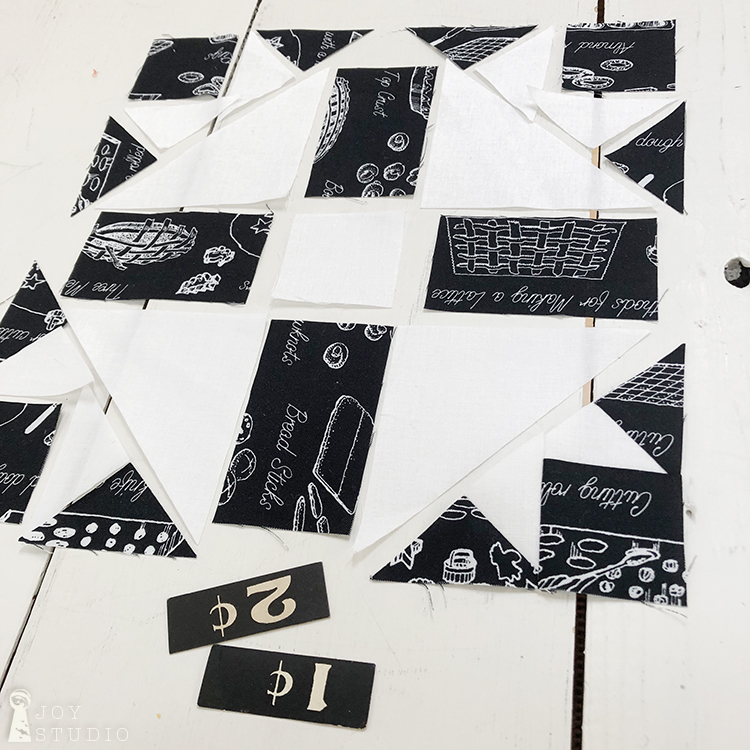
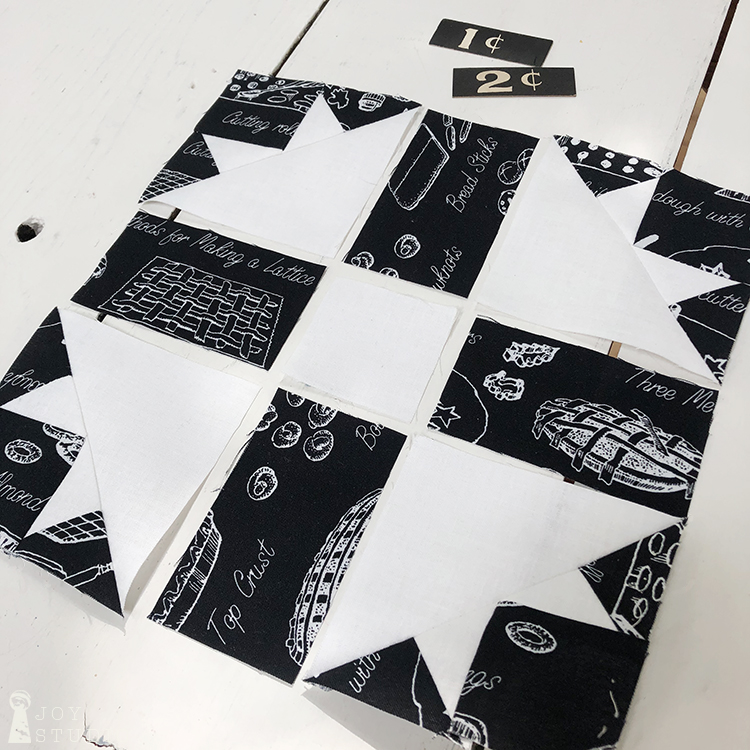
Row 1, block 2.
•
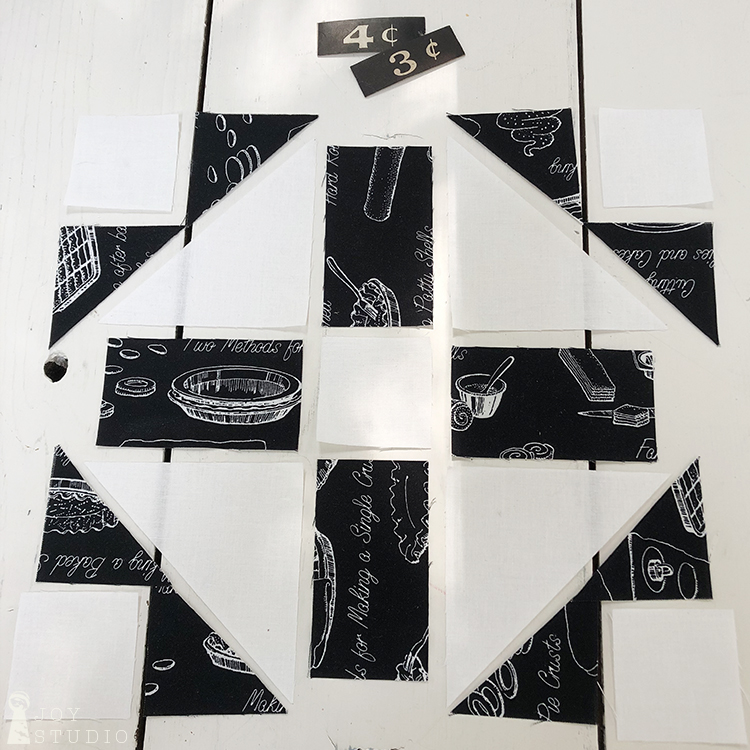
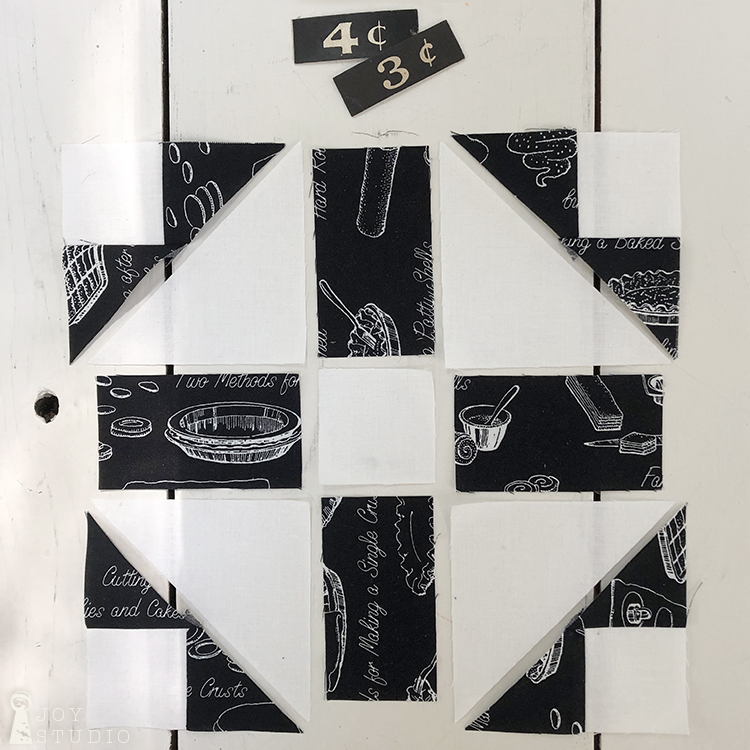
Row 4, block 3.
•

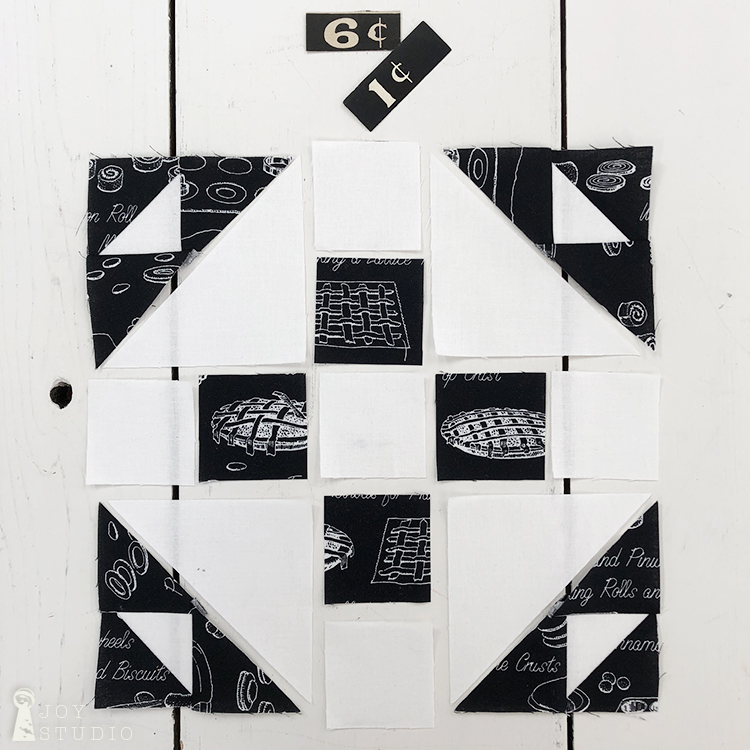
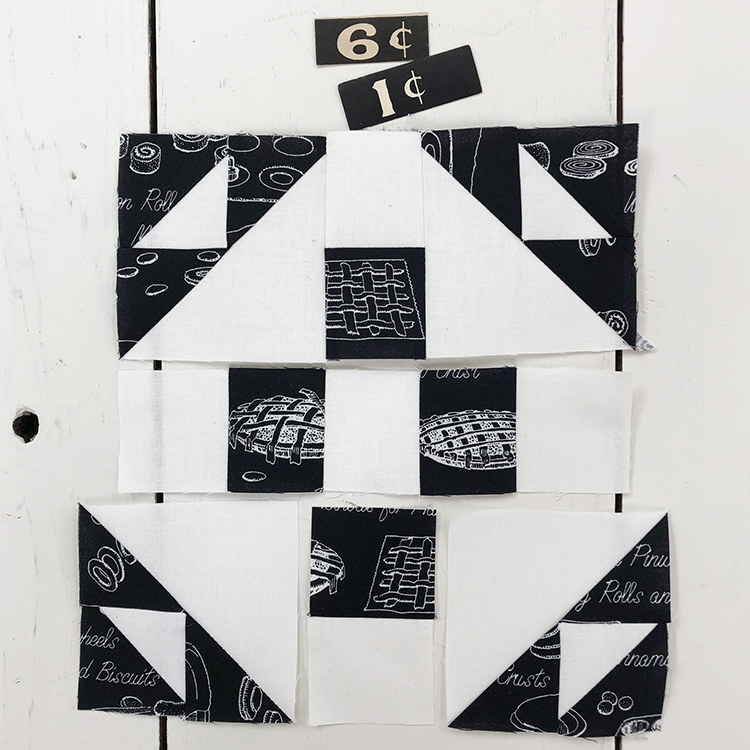

Row 6, block 1.
•
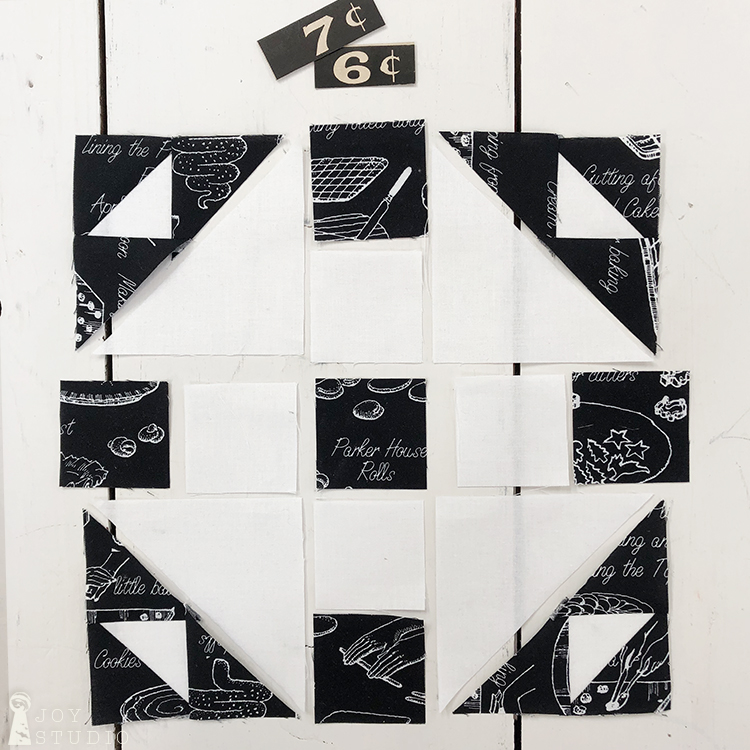

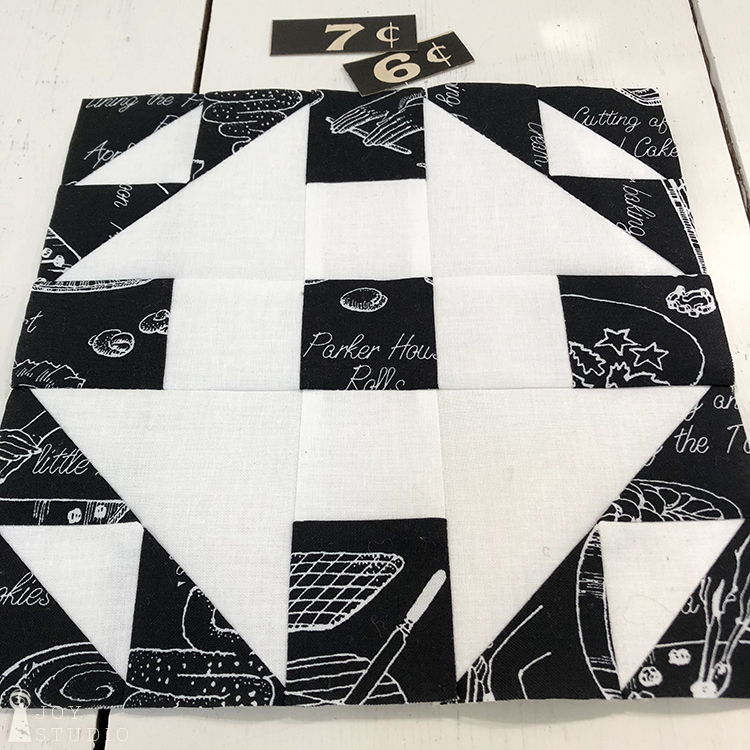
Row 7, block 6.
•
Trimming.
•
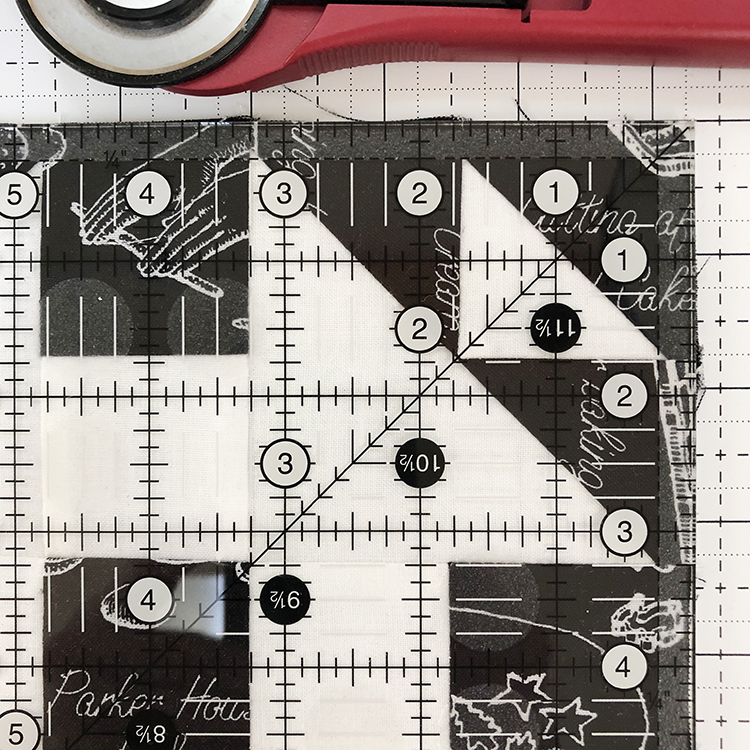
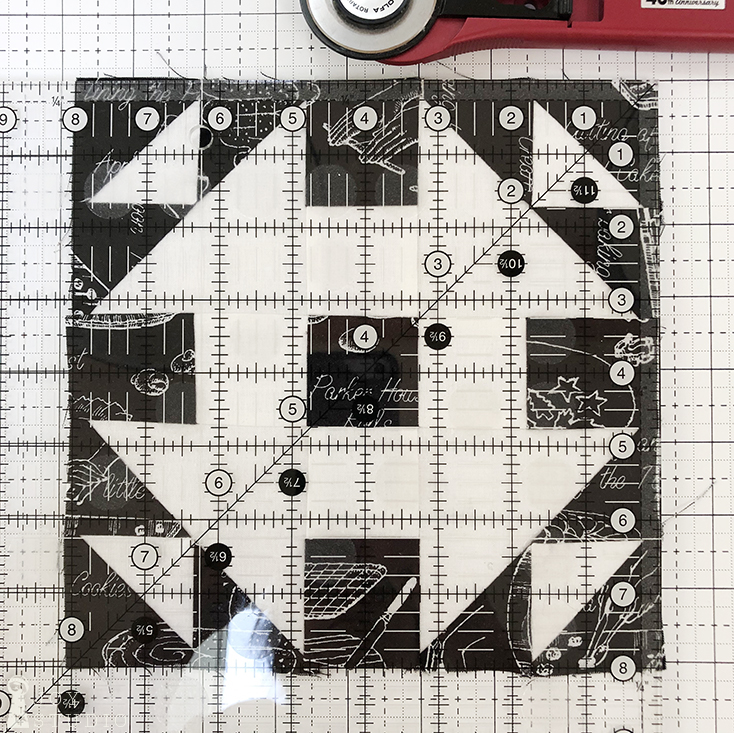
•
Trim each to eight inches, square for your seven and a half finish size blocks. In most cases ours only needed a smidgen cut off to clean up and even each block.
Again, voila!!
I feel quite accomplished or should I say quilt, and I hope you do too.
•
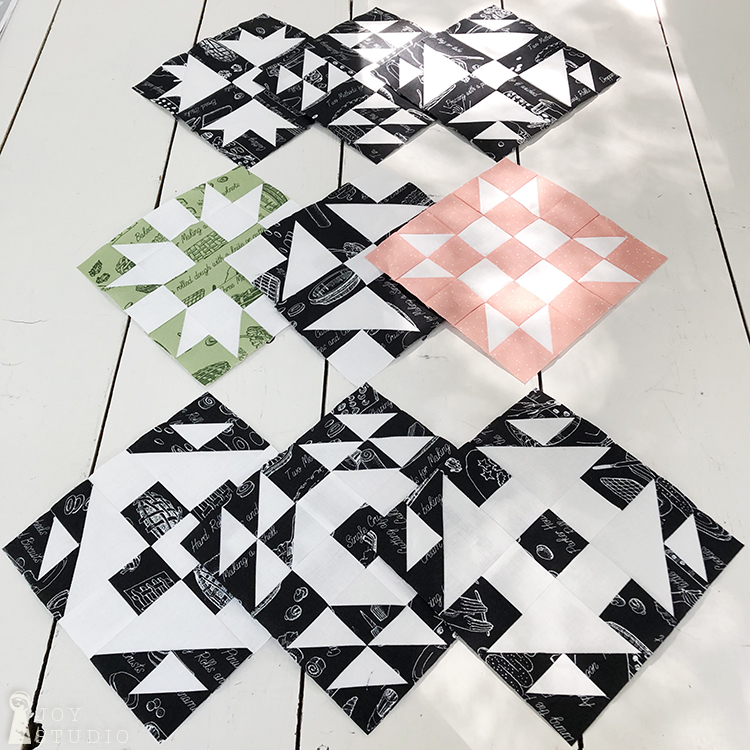

•
Again, share, share, share:
When posting photos use #snowalong and #snowsweetfabric in your social media so we can find/see your progress.
Let us know if you post on Pinterest as well and we’ll add to our board.
•
We’re loving the Snow Sweet fabrics from Riley Blake Designs!
Aren’t they beautiful?!
See you Thursday when this quilt will come together.
by Great Joy Studio | Aug 20, 2020 | Quilting & Fabric
Wow, week four already!
•

•
So, this is the part of the Snow-A-Long where it gets tricky for me,
PIECED BLOCKS.
I not an expert when it comes to constructing pieced blocks. On the contrary, I am a novice. I began learning two years ago and have limited experience. I cannot offer tips on how to get these blocks perfect or precise. The best way I can instruct you in this segment is to show how we did it in a picture is worth a thousand words quilt block how to gallery, from a watercolor artist perspective rather than a quilter’s. It worked fairly well for us so no matter what your level of piecing skills is, I am confident that you can do this too.
First, using your two Pieced Blocks Guide sheets included in your pattern and the cover art for color, cut all of your fabrics according to the specified sizes in each of the 7.5″ (finish size) blocks. Our approach was block by block although, some of you experienced quilters may want to cut multiple blocks of the black and white fabrics, all at one time. The blocks are all two color classics so we found the majority were fairly simple to construct.
•

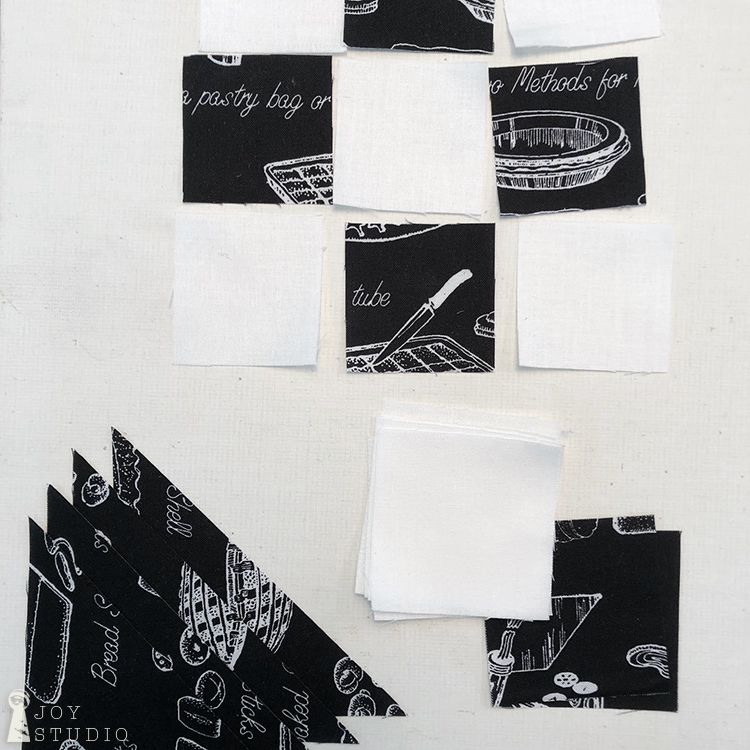
•
Once all of our fabric was cut we laid out each block’s pieces on pre-stretched artist canvases that we had on hand to use as our mini design boards. I hope to make some proper ones in the near future but these were just the right size and served our purpose.
We also labeled each board by row and block number with post-its. This helped us to keep everything organized until we were ready to sew. It will also help you to spot any mistakes that may have occurred during cutting too, as was the case in our first attempt! Can you spot them?
•


•
For our post photography we used these cool vintage price labels to show the quilt rows (top #) and blocks (bottom #).
I began with the blocks that were easiest for me to see how they could be assembled in horizontal rows but you can start with any of the blocks that you like. The design boards allow you to arrange the various pieces in advance to see how you think they look best. I tried wherever possible to have my text facing up and the pieces that were sideways, to be facing in the same direction.
•
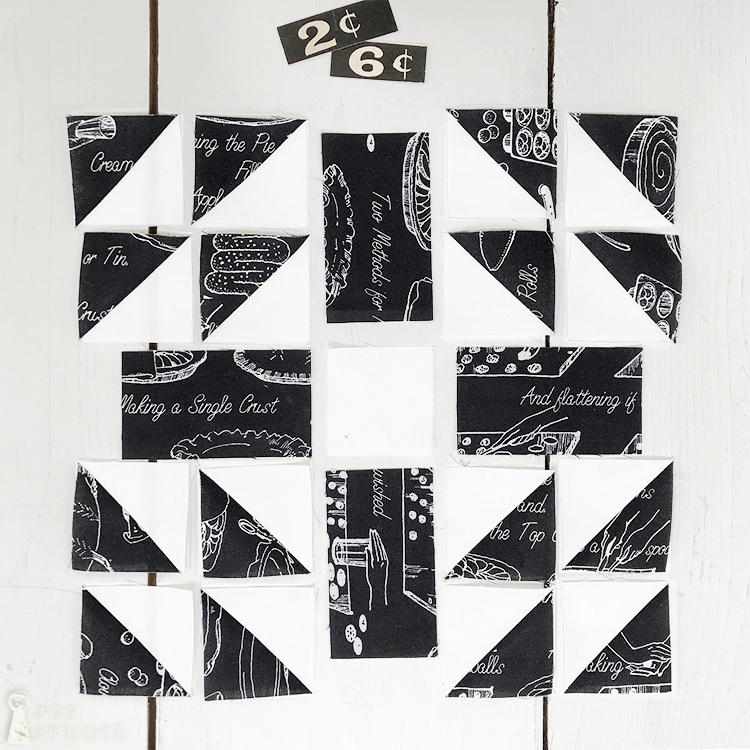
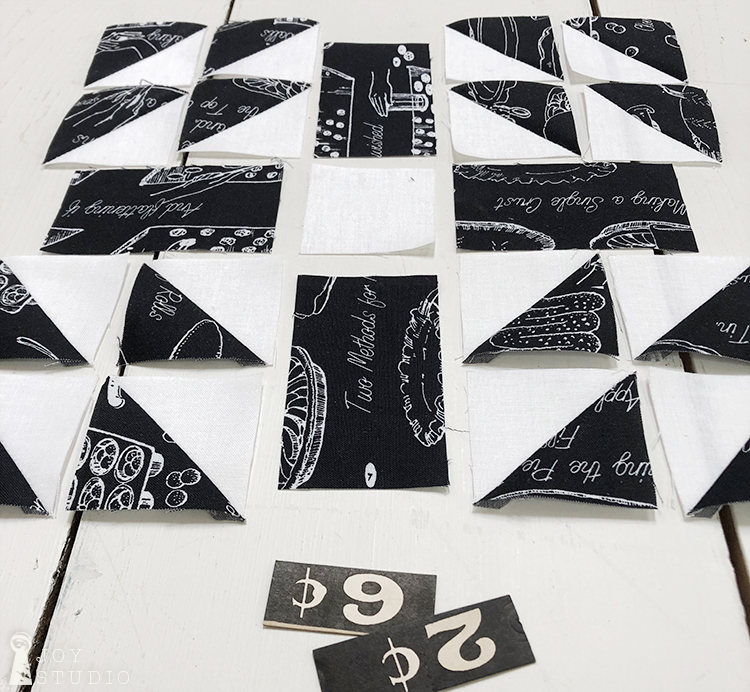
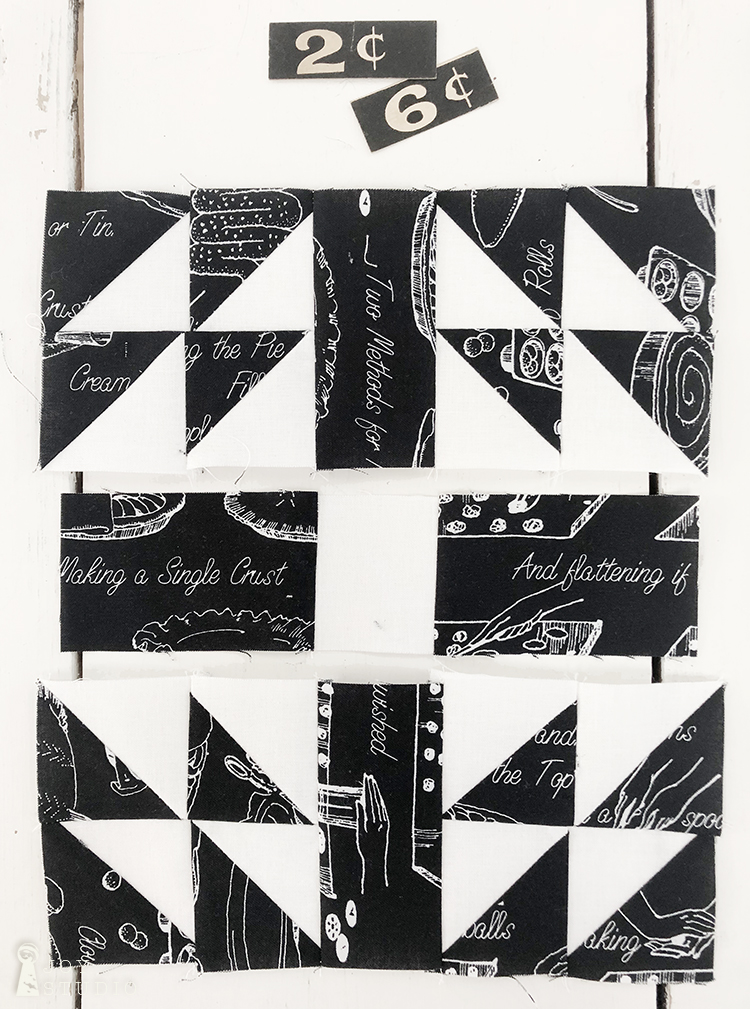
Row 2, Block 6
We attached all of the half square triangles, B and C cuts together with a 1/4″ seam, shown in the first photo. Working from left to right we attached the top left two units together forming a horizontal, half square triangle double. Then we attached the two below those in the same way. After that, all four half square triangles were sewn together forming the top left corner unit of four half square triangles. Follow the same for the remaining three corners.
Attach the two top corner units to each side of your D cuts, and then bottom the same way. Attach the horizontal D cuts with center cut C. You will have three rows. Pin to match seams and working top to bottom attach all three rows together to complete the block.
•

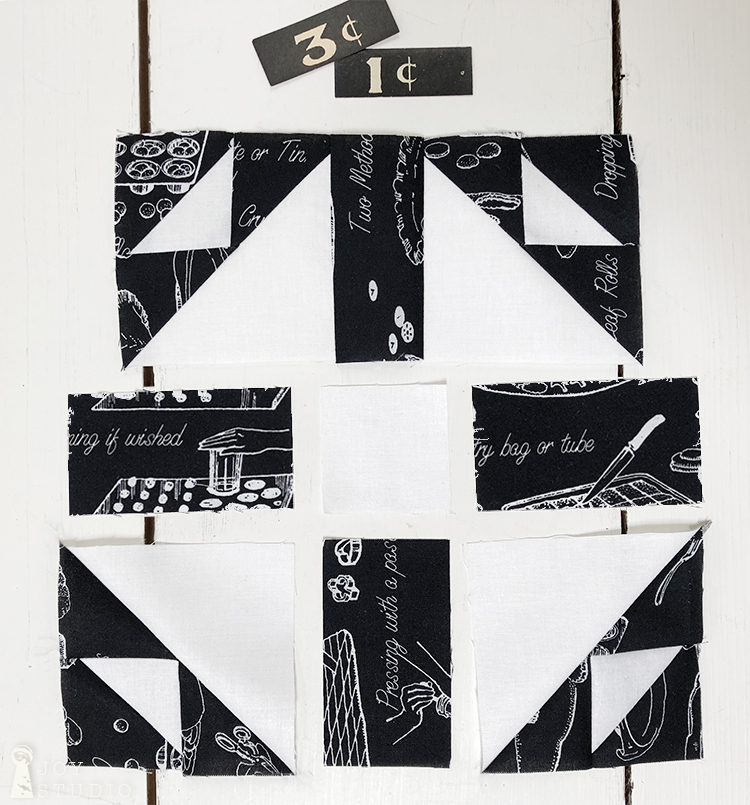
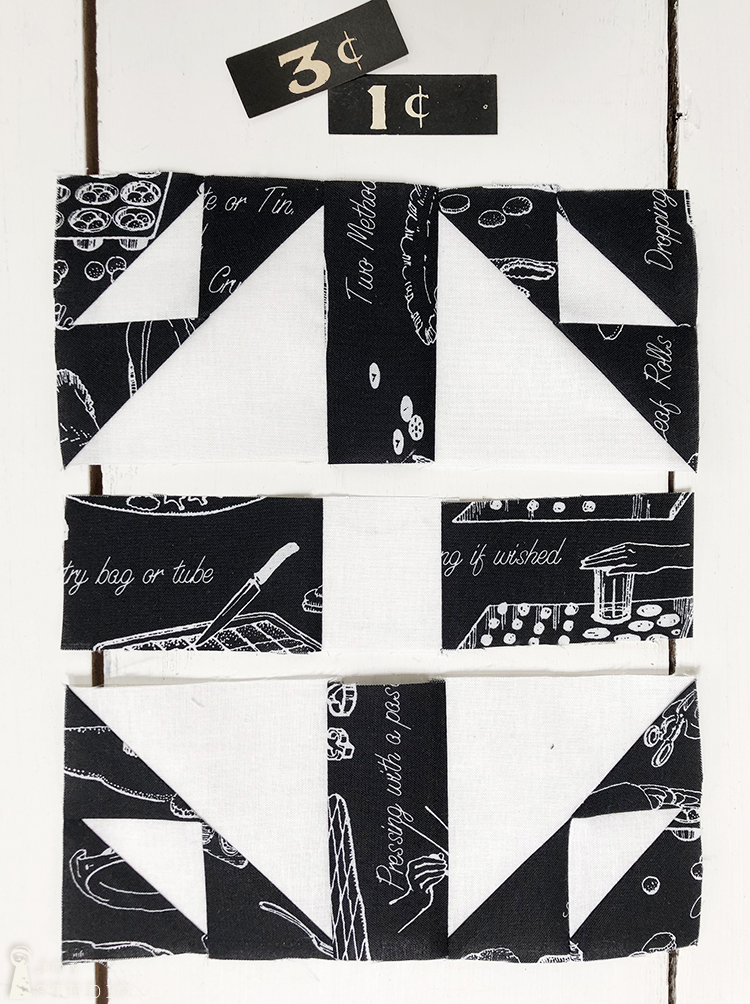

Row 3, Block 1.
I started in the upper left corner making the small half square triangle by attaching E to B with a 1/4″ seam. Then added both of the dark triangles E to two sides of that unit forming a larger, 4 piece triangle. Again and throughout the quilt construction, we tried to maintain 1/4″ seams. To complete the corner unit I then sewed to the large white cut triangle A in the same way you made your first small, half square triangle. I repeated the steps for the remaining three corner units.
Then working from left to right attach top two corner units to D and repeat for the bottom corners. You will then have three horizontal rows. Last we pinned in place to attach all three rows together.
•
More of our picture is worth a thousand words quilt block gallery:
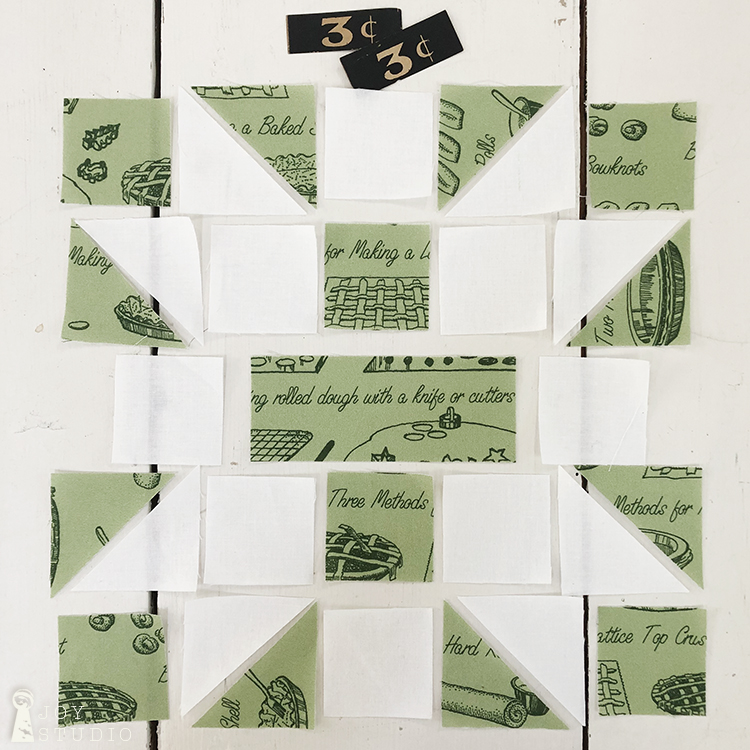



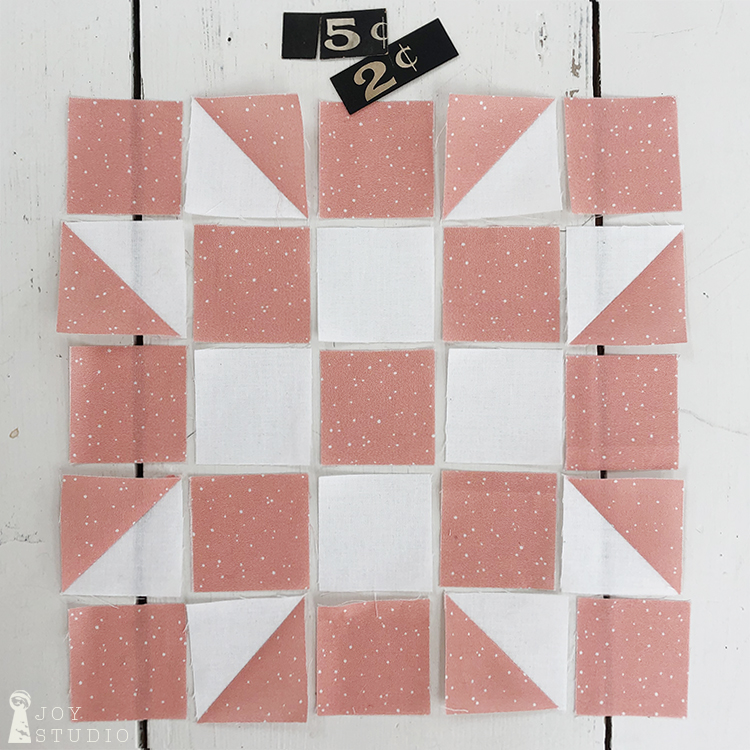
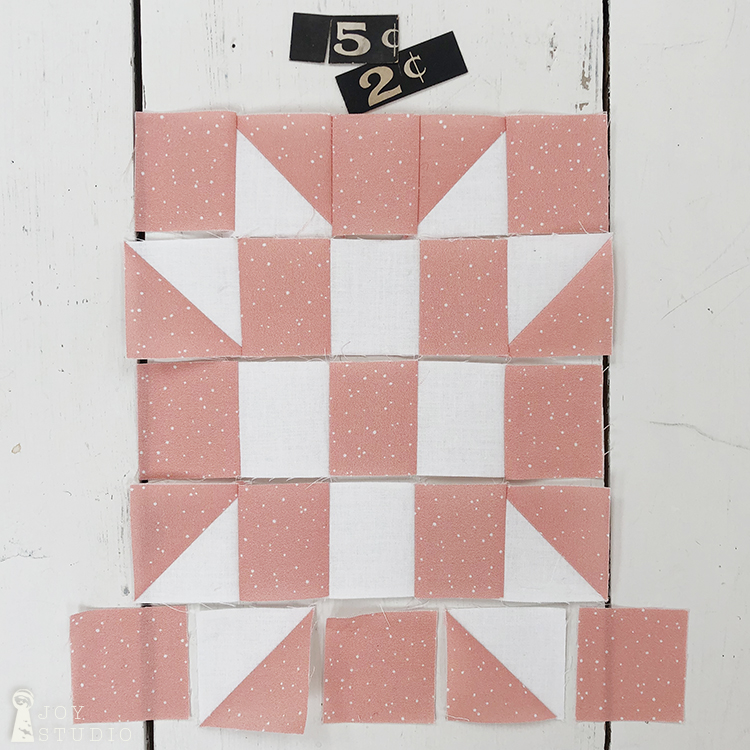
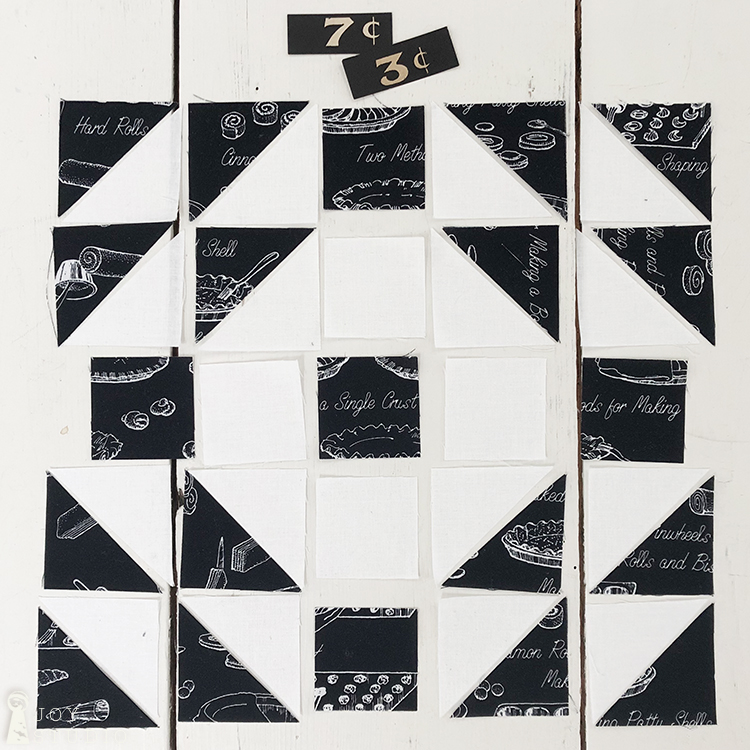


You can see that we followed a similar sequence for each of the remaining blocks. I attached all of the small half square triangles first as I moved from block to block.
•
I do not know the technical terms for block assembly so please excuse me quilters and please, interject your vast knowledge from experience in the comments! We would all love to learn more!
•
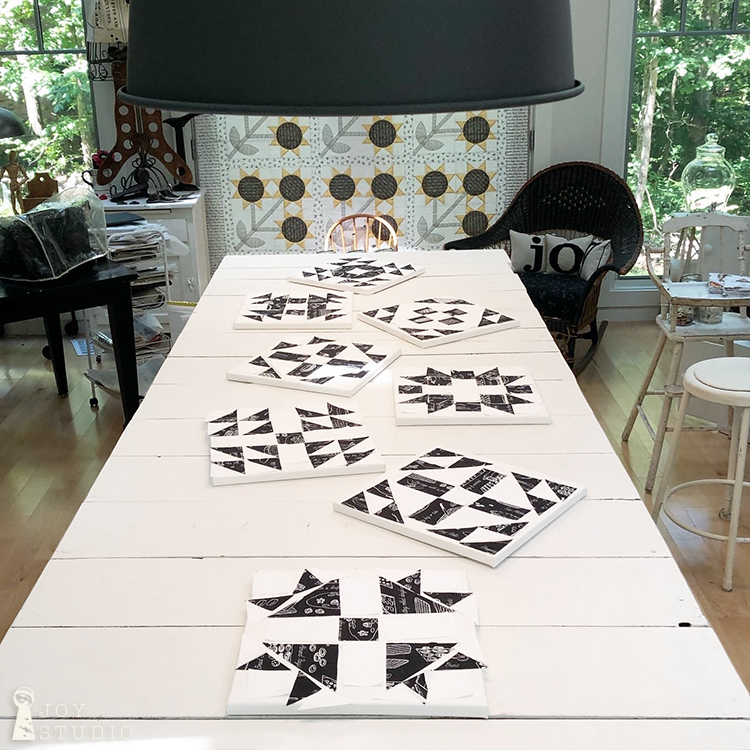
•
Once again, this Snow-A-Long features fabric from Riley Blake Designs, Snow Sweet, Riley White and Painters Palette.
I have not included every block in this post but will add the remaining four in a follow up post.
I imagine that most of you following are able to quilt circles around me but I read somewhere once, “finished is better than perfect.” Jenny Doan I believe said that and I found it encouraging.
So, keep going!
And post photos with #snowalong and #snowsweetfabric in your social media so we can find/see your progress.
•
by Great Joy Studio | Aug 5, 2020 | Quilting & Fabric

•
Hello Again!
Welcome to week two of the
Snow-A-Long
Featuring our
Snow Sweet
collection from
Riley Blake Designs.
We will be sharing an appliqué placement method using tracing paper doors to make this the easiest and most fool proof fusing process for making all the appliqué blocks.
Here are our appliqué shapes described in last week’s post. You may notice that we chose to trade out a couple of the fabrics that were listed and shown on the cover art but this is each maker’s prerogative! All of the fabrics can be interchanged to suit your desired look. You’re the maker!
•

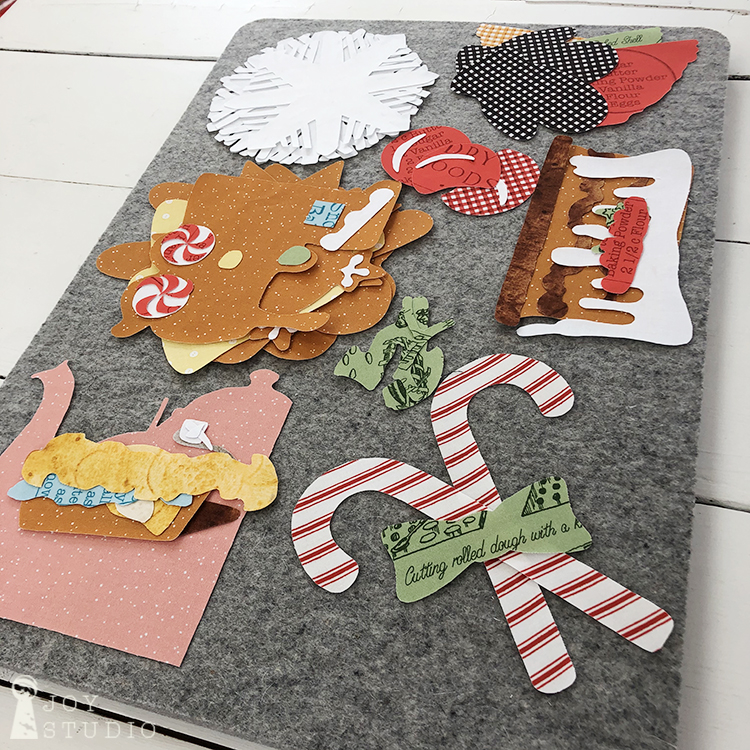
•
Let’s make doors!
We like the tracing paper door for placement accuracy both in making each multi layered appliqué, and also centering on the block background fabric. This is an optional step if you are not such a stickler for detail as myself but a tried and true way for good results. Here’s a (link) little bit more about making a placement door from the Hat Shop SAL.
Use the same appliqué template sheets and trace them, again. This time on to a piece of tracing paper with a fine tip sharpie. Trace as much or as little of the details as you will need for placement guides. Tracing paper allows for turning over to reveal the image as it will appear on your block. Soon you will have several tracings that resemble the table top below:
•
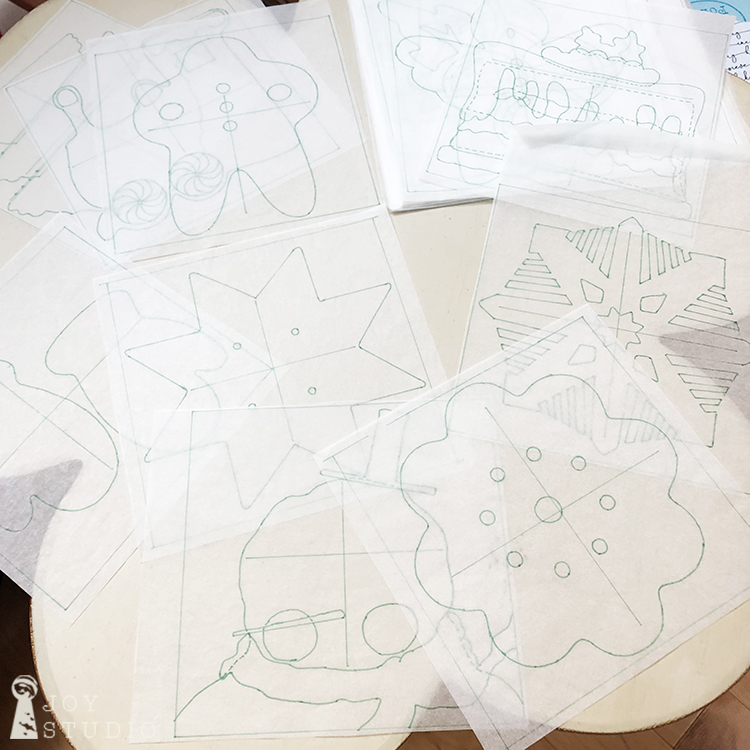

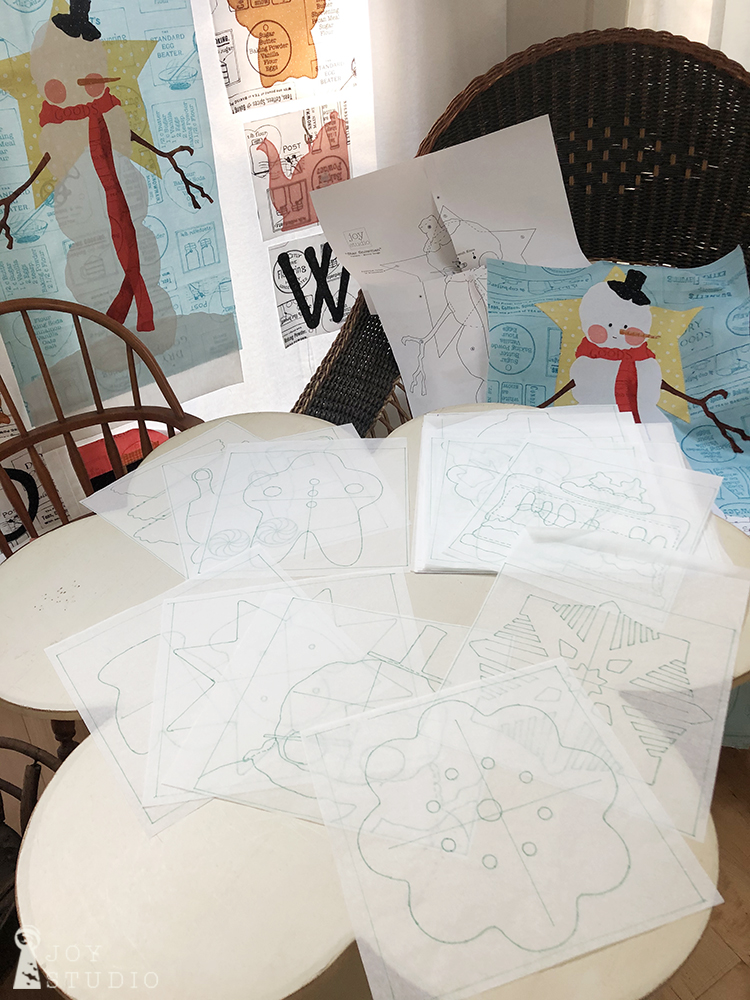
•
And now, on to the fusing!
We are building each block from the bottom/underneath appliqué pieces, up.
Place background block fabric on to your pressing surface.
Then center the detail traced door, flipped over to match the direction of your cut out appliqué pieces, and pin along one side.
Then open your paper door and place the largest appliqué fabric, glue side down and nudge in place. You can easily open and close the door to line up your pieces precisely. Once you have them where you like, press according to the fusible product manufacturer’s directions ten seconds or so.
•
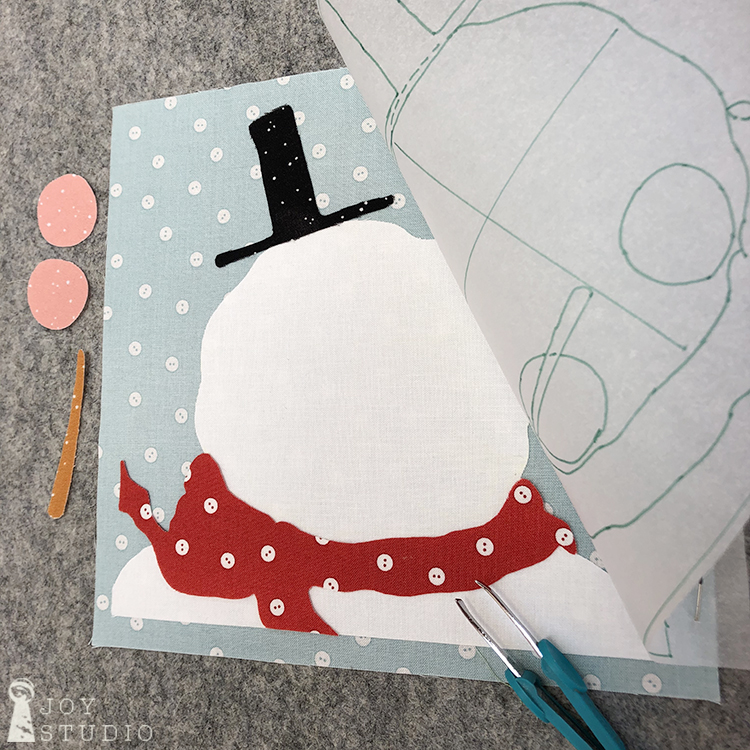
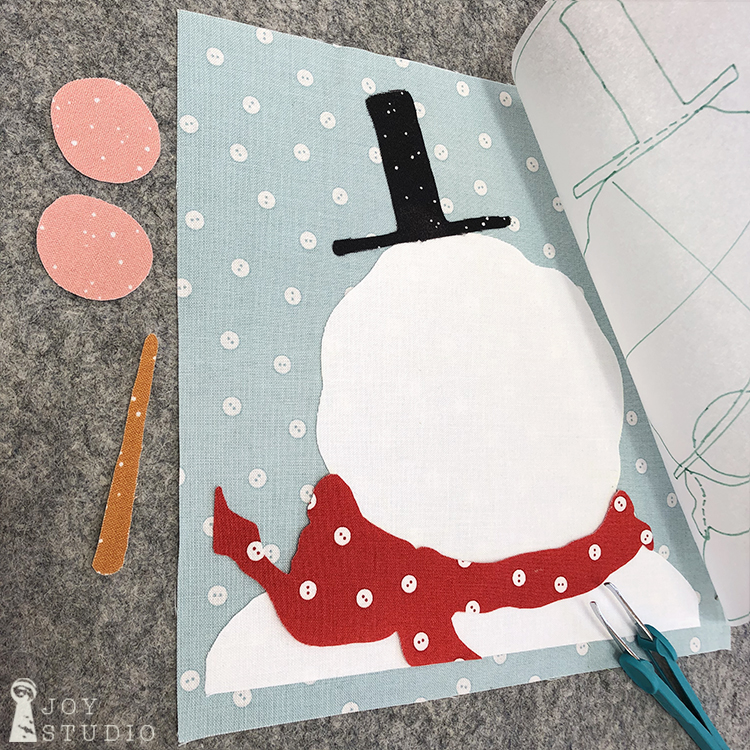
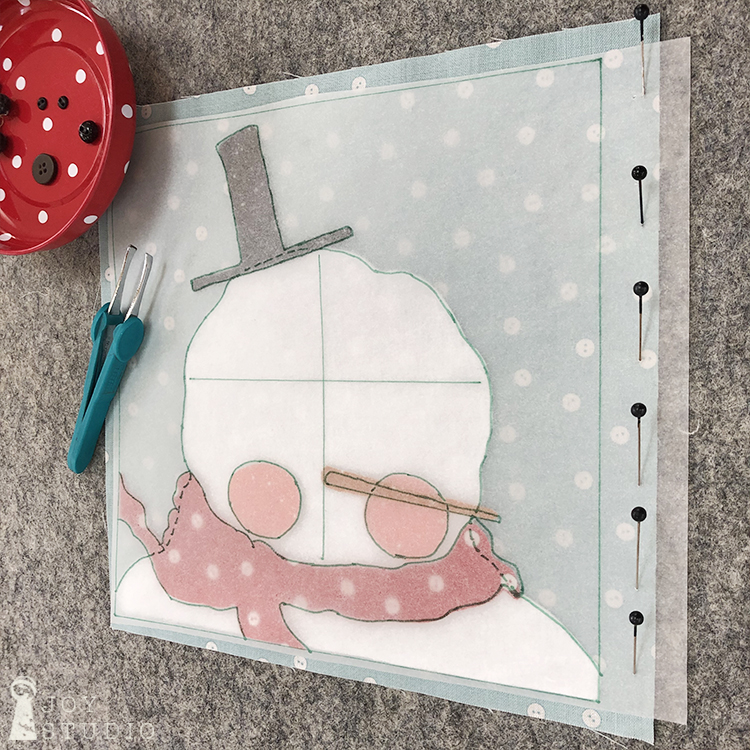
•
The large snowman template sheets are numbered so place each one according to the sequence marked on your pattern. We rough laid them out initially just to get an idea of how it would look and to determine which appliqué gets fused first. For instance one arm goes under snowman’s body and one goes on top. So again follow the sequence numbers and use the tracing paper door. It really helped us on the large snowman block.
•
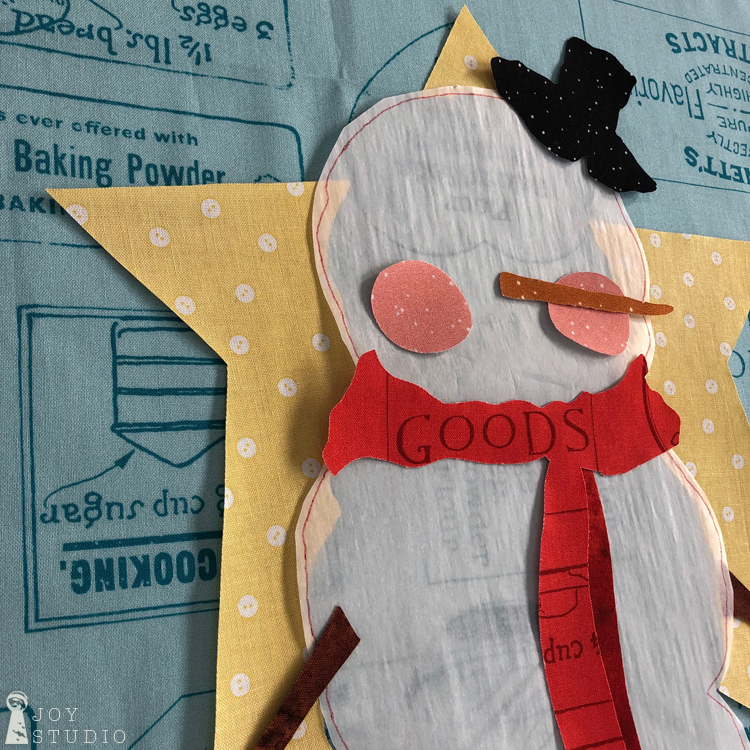
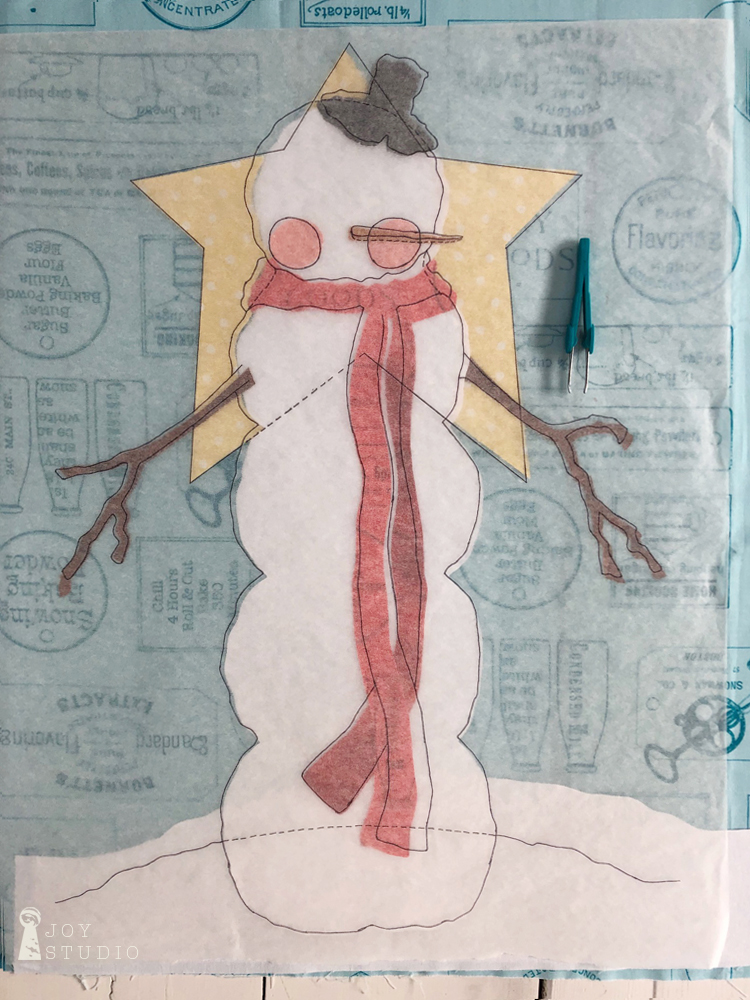
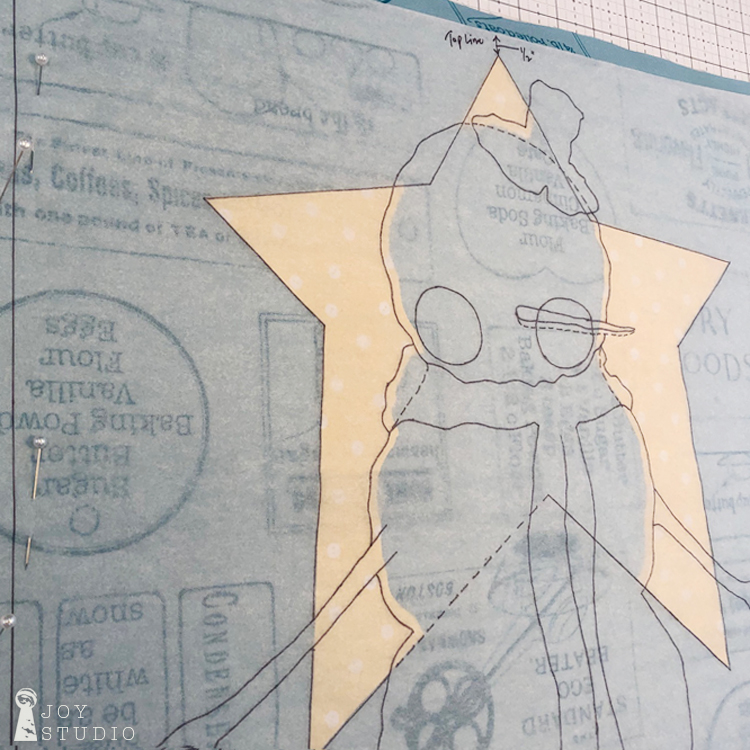

•
I also wanted to point out that the star was cut in three different pieces and is marked on your pattern that way to eliminate the yellow from showing through the white fabric. We recommend an extra layer of interfacing as described last week/post to help with this as well. Wherever light fabric goes over a darker one, use the interfacing to get a better result.
•
Ta-daa!
We made two, one with plain white snow for our quilt and this one was to be for a (now cancelled) class.
•
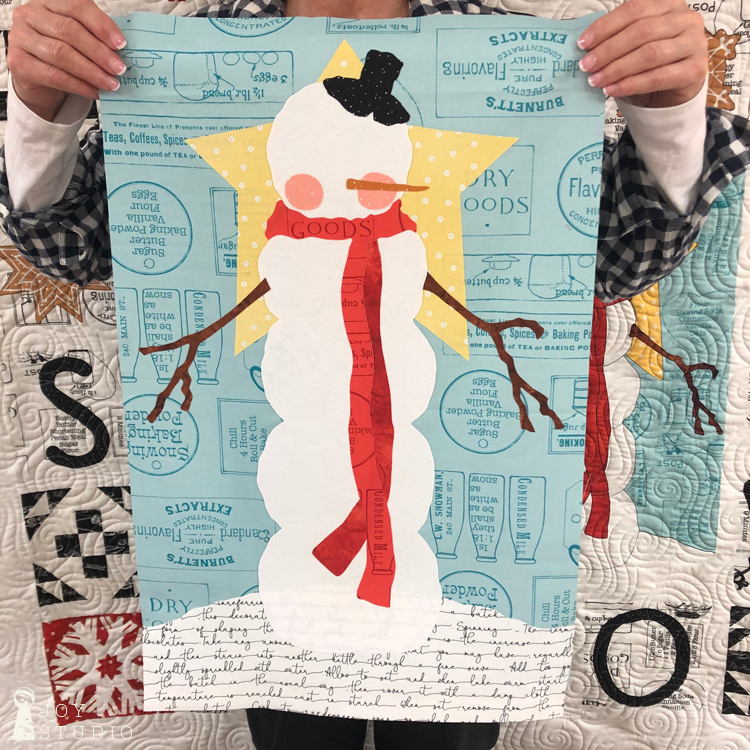
•
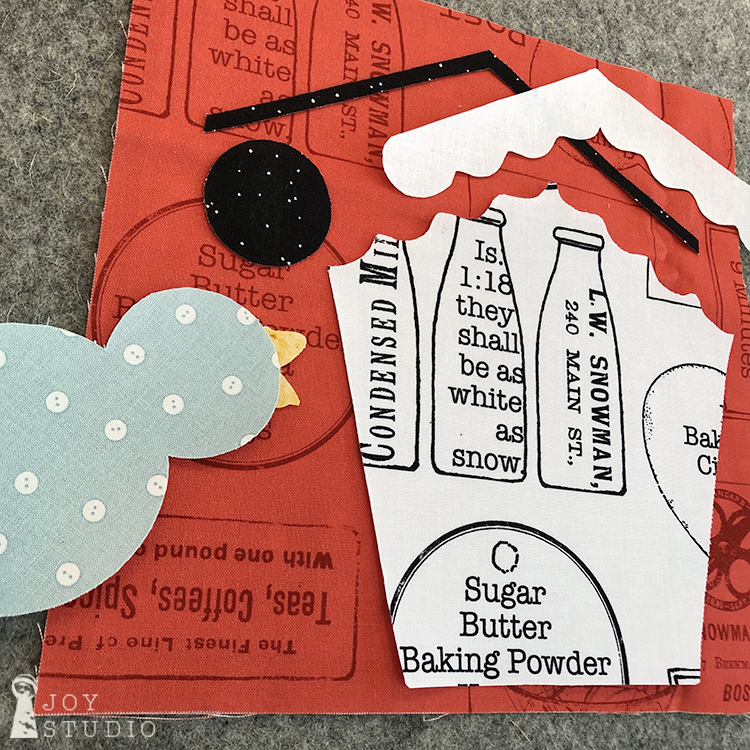
•
Keep going until all of your blocks are fused and we’ll see you next week. And take lots of photos so you can post and share for a social media GIVEAWAY op!
Save


















































































